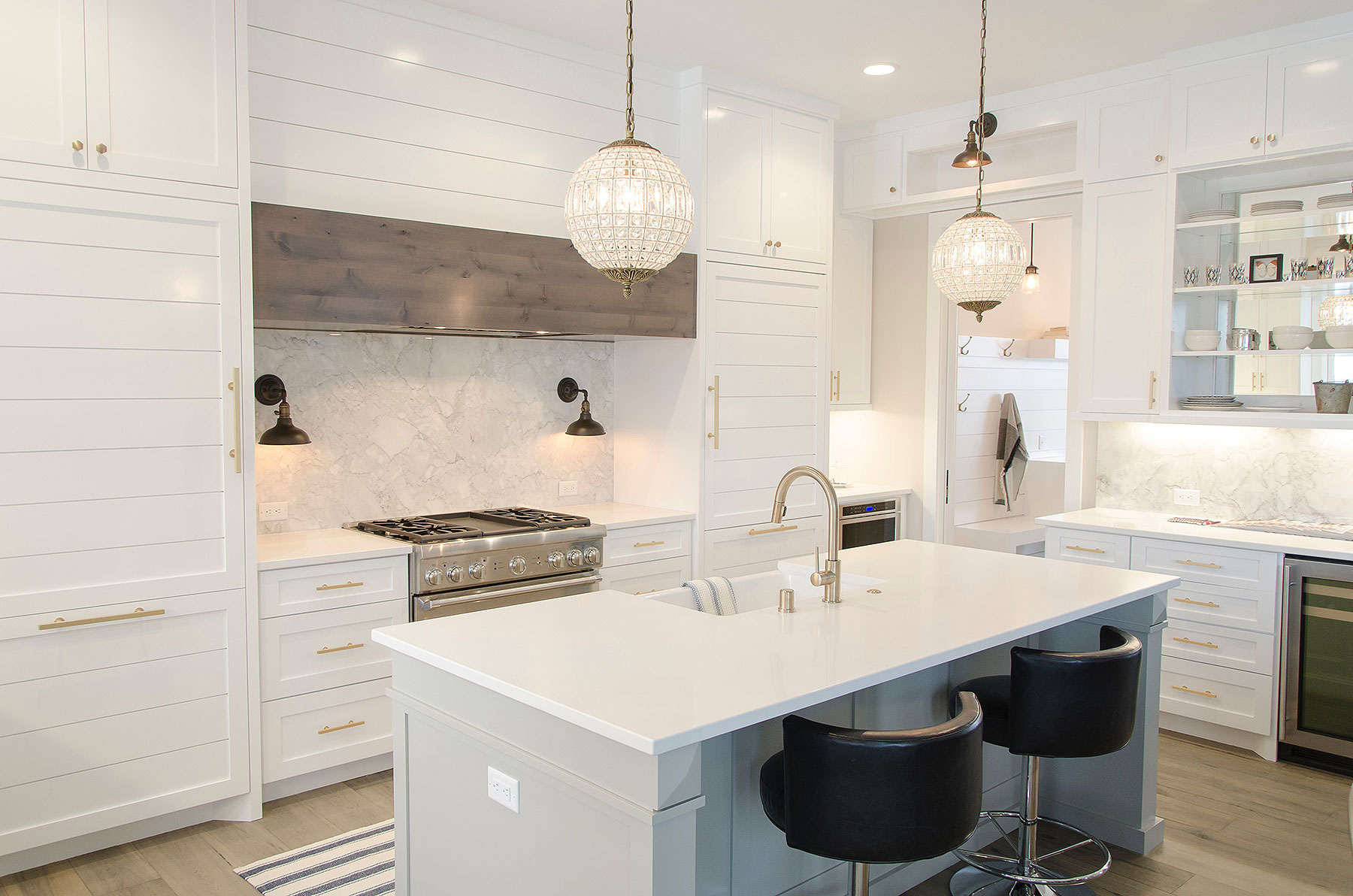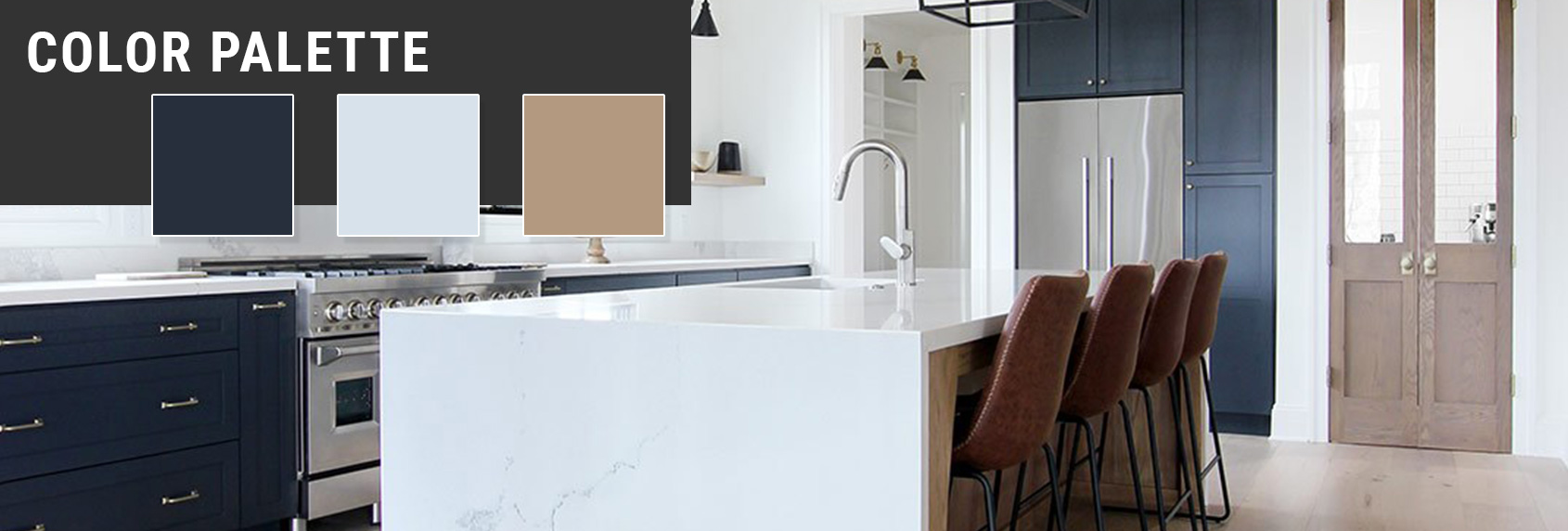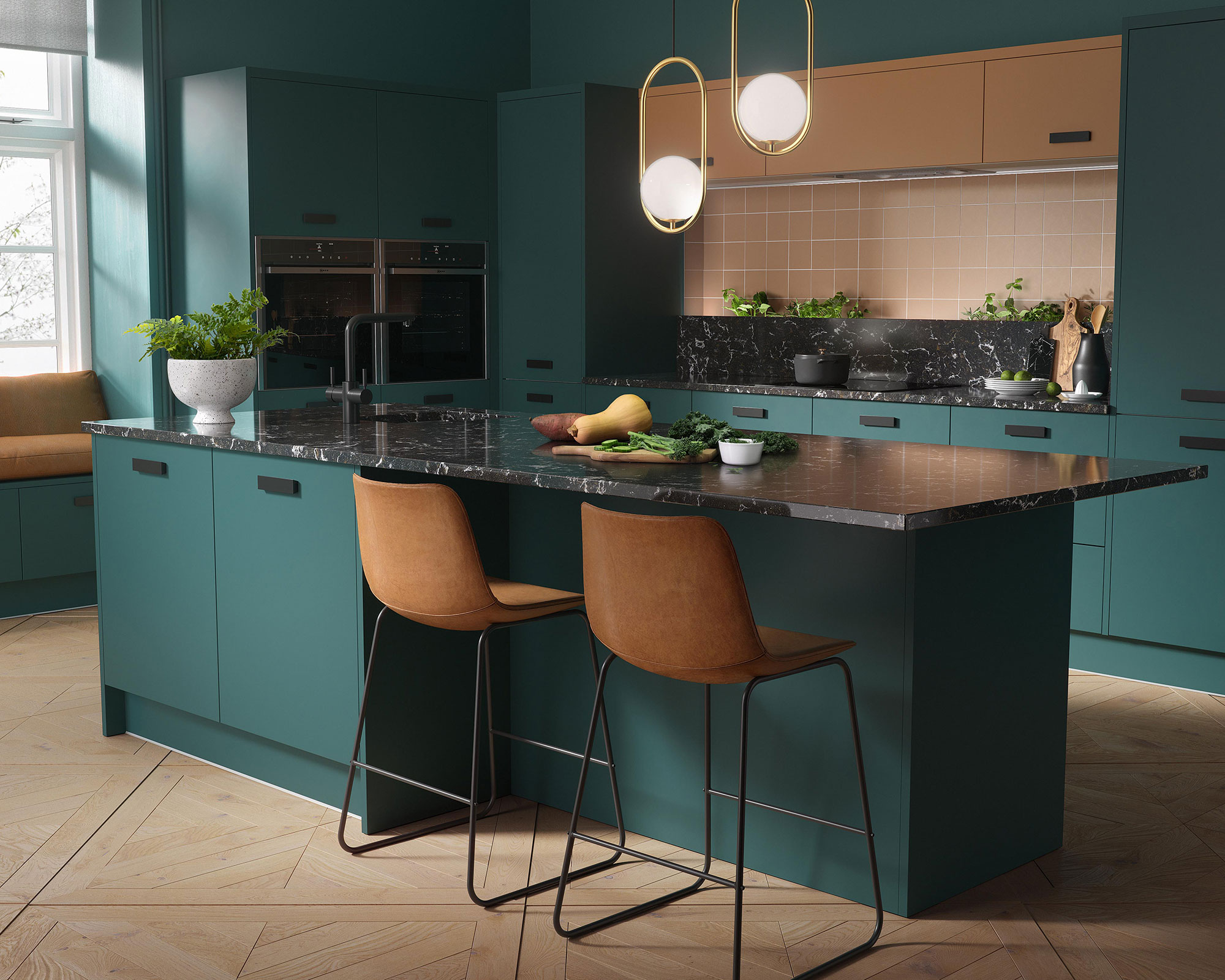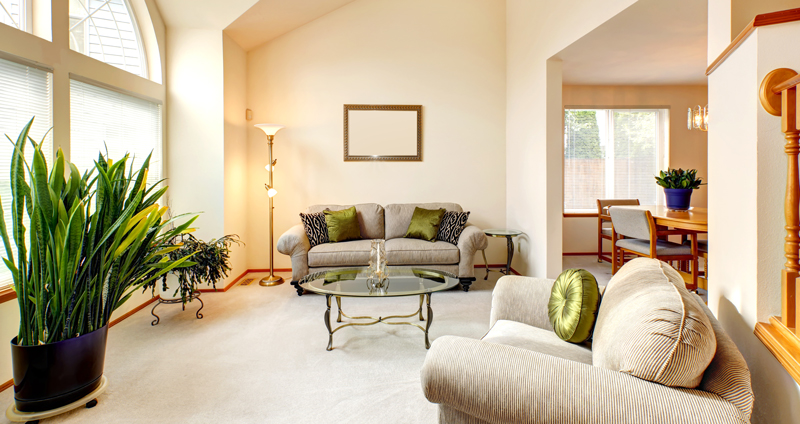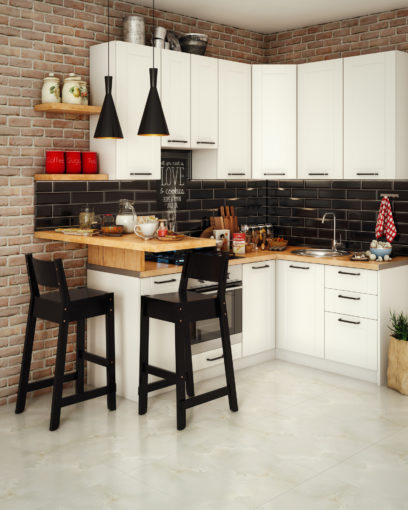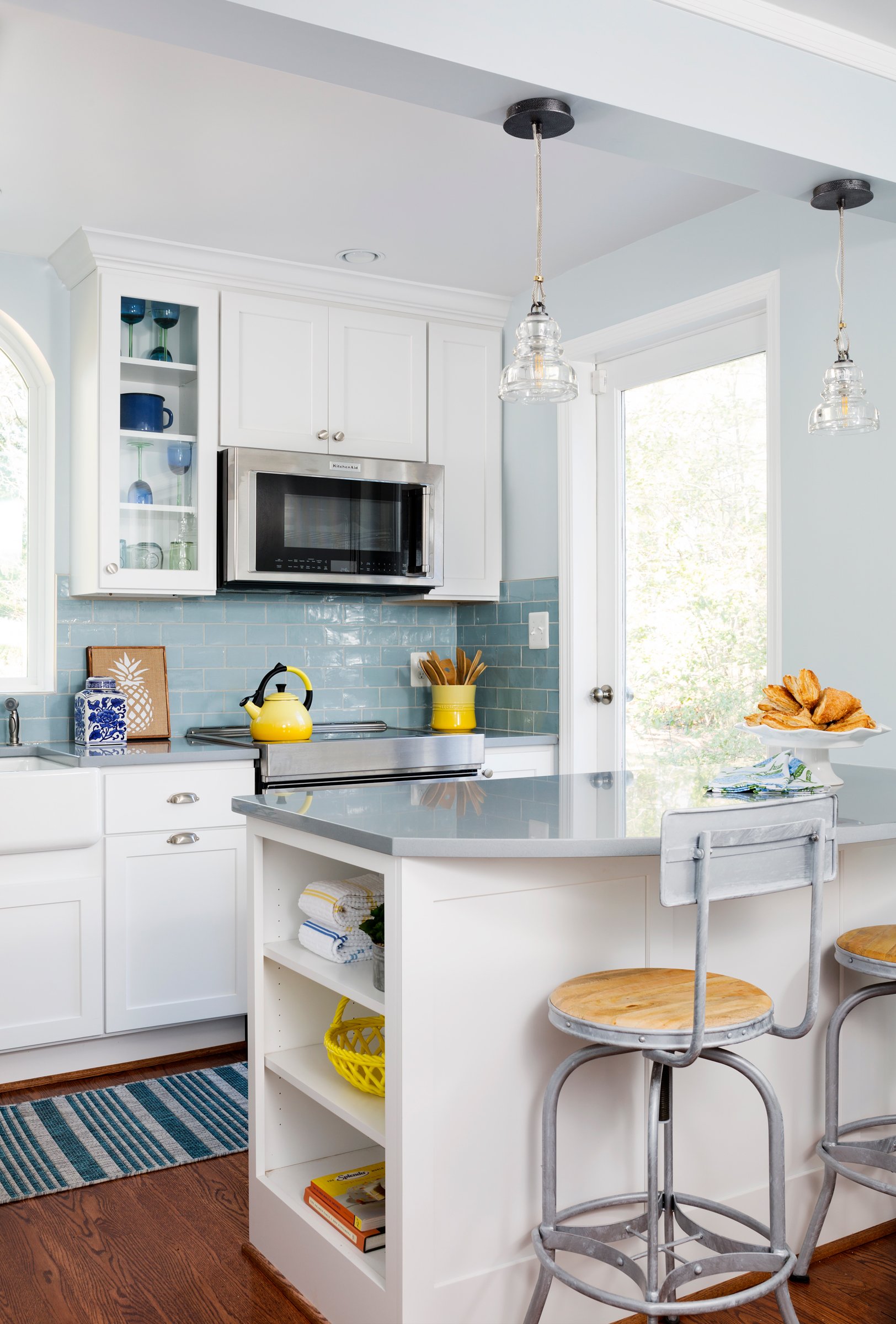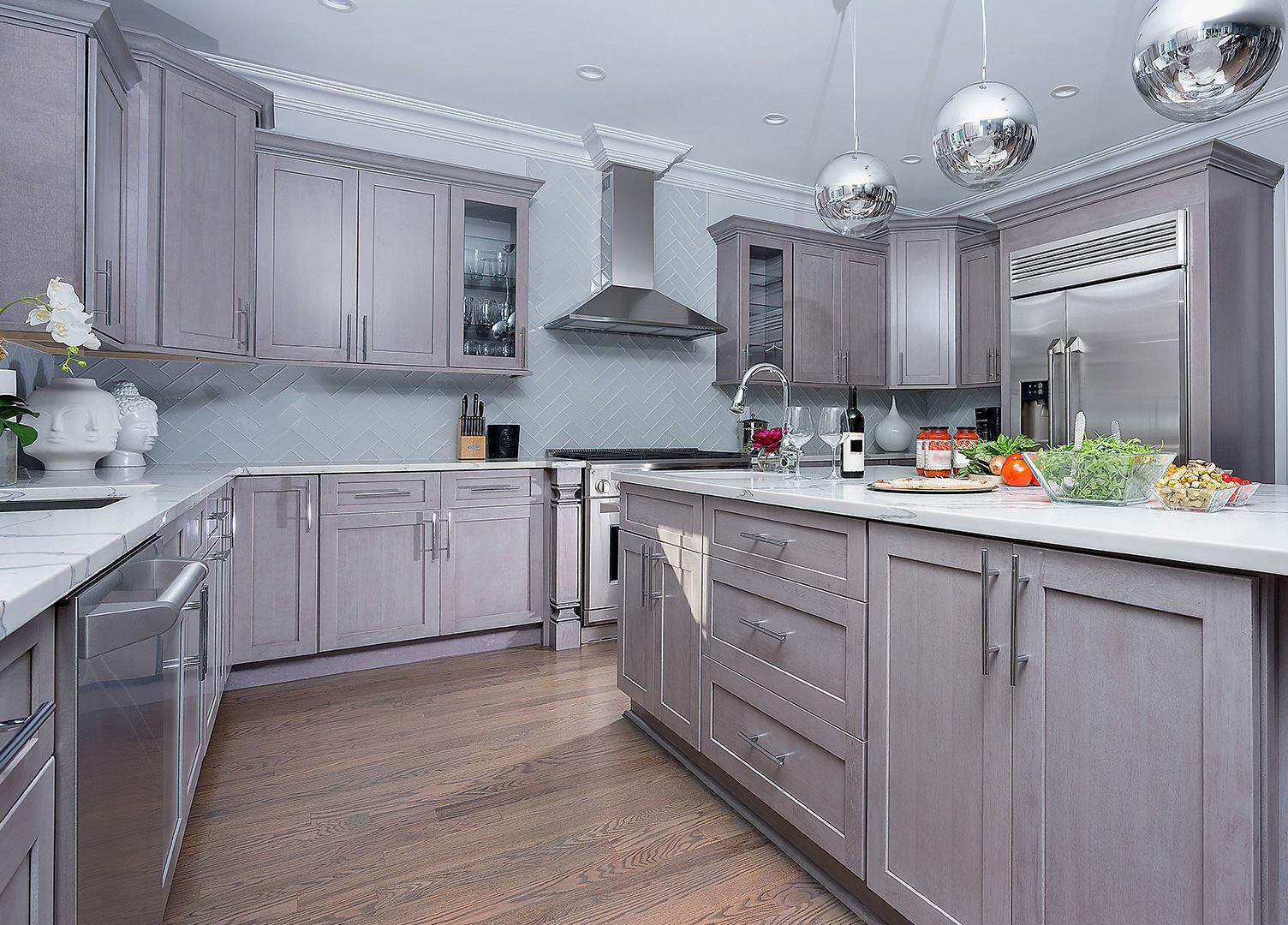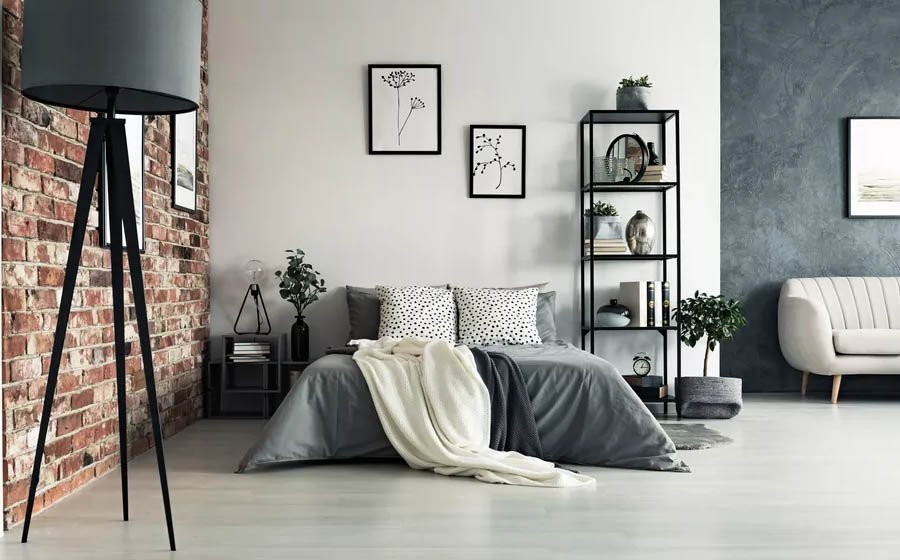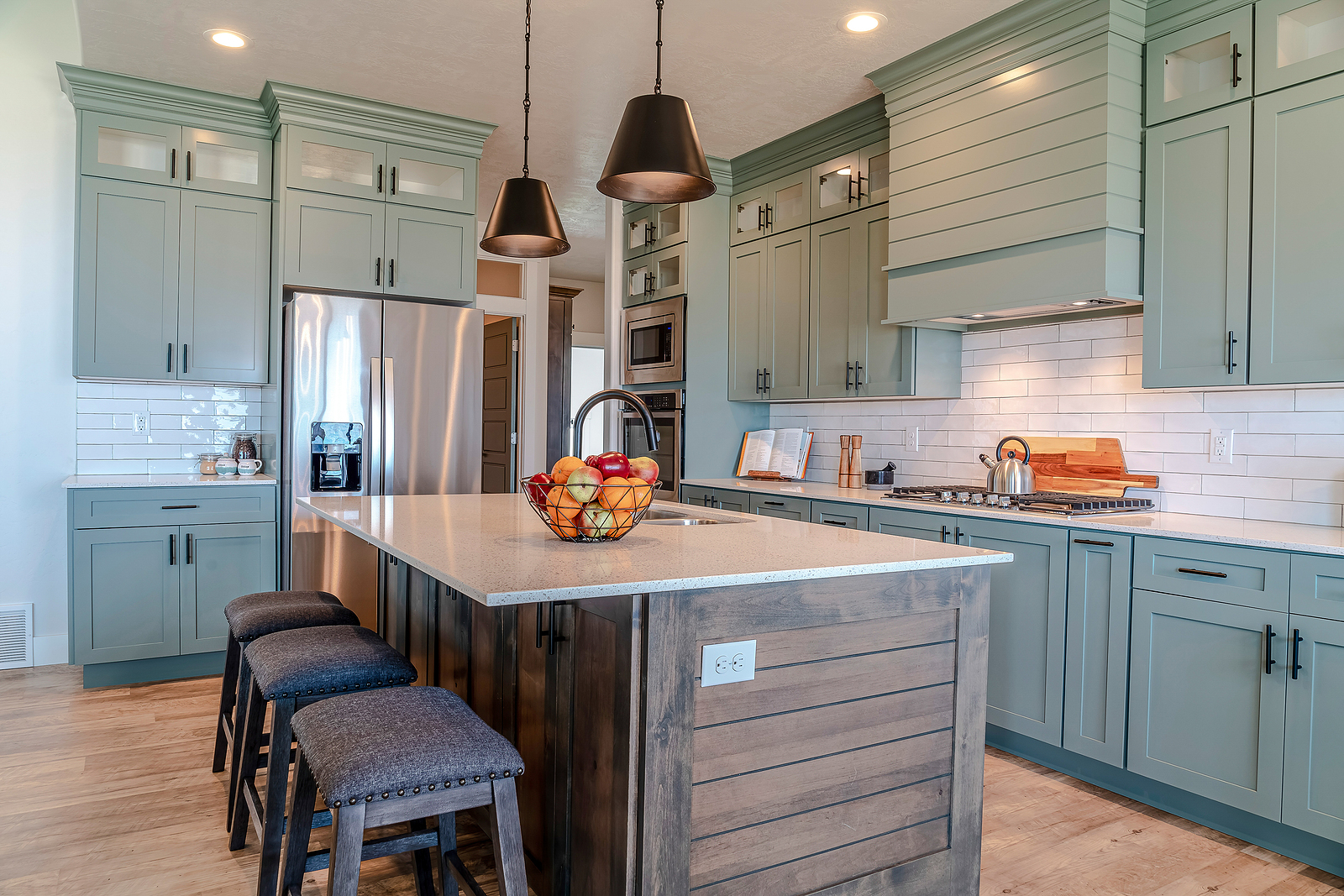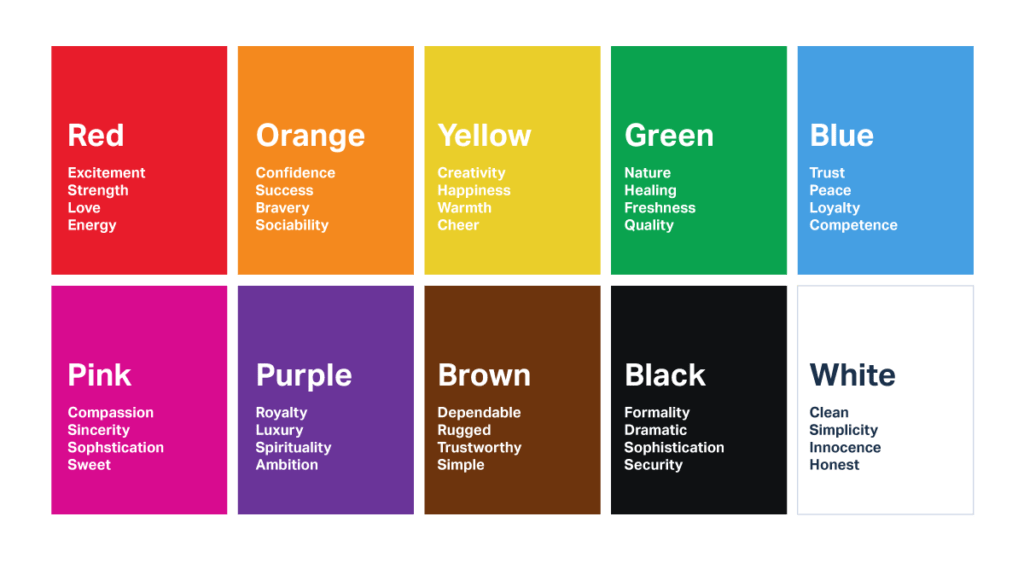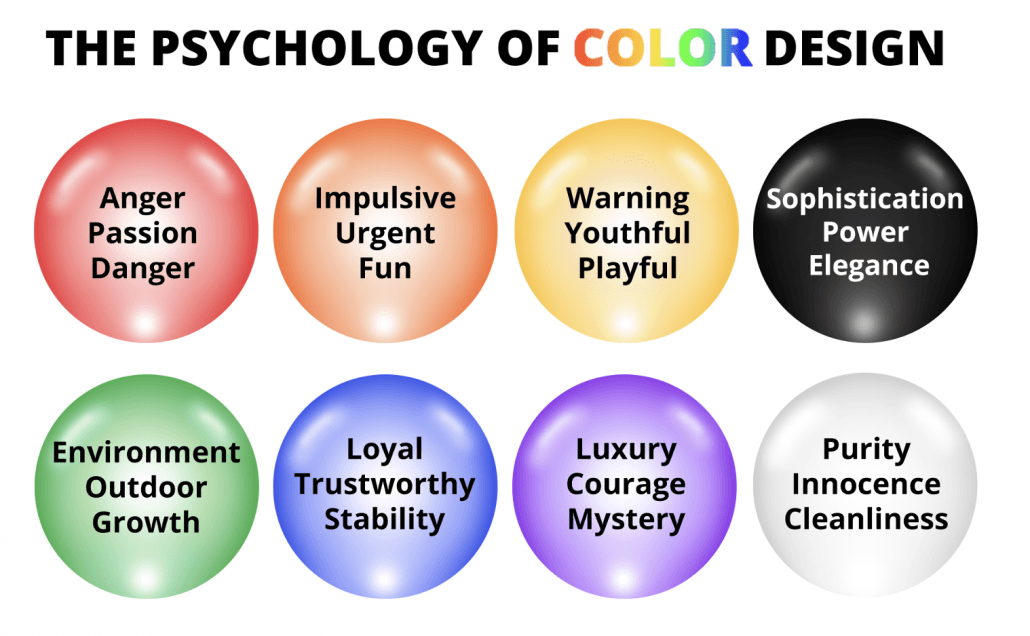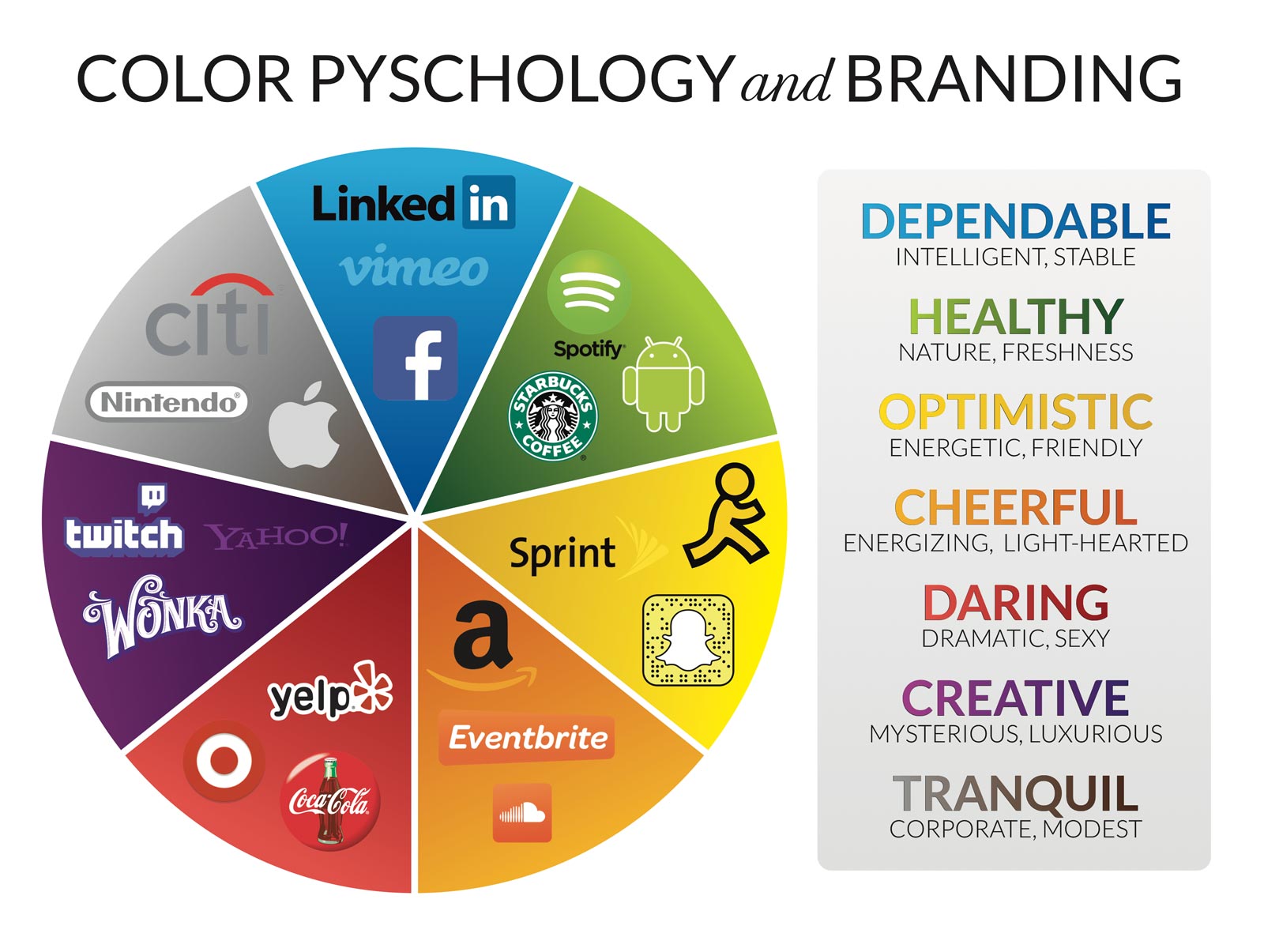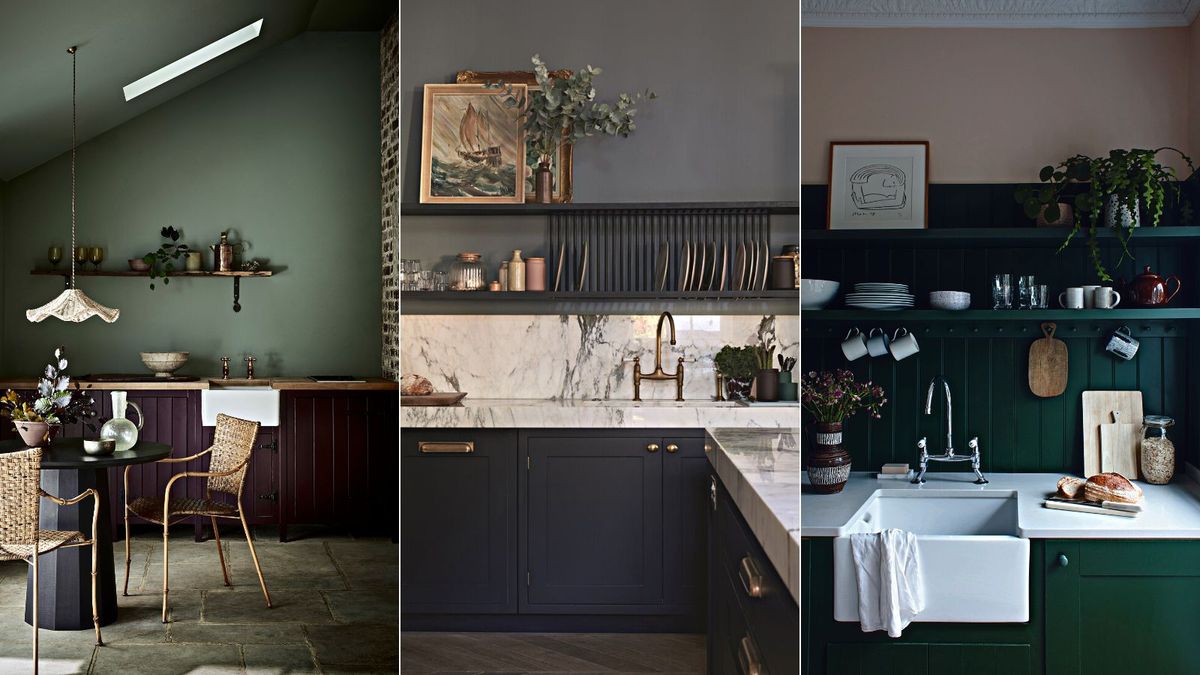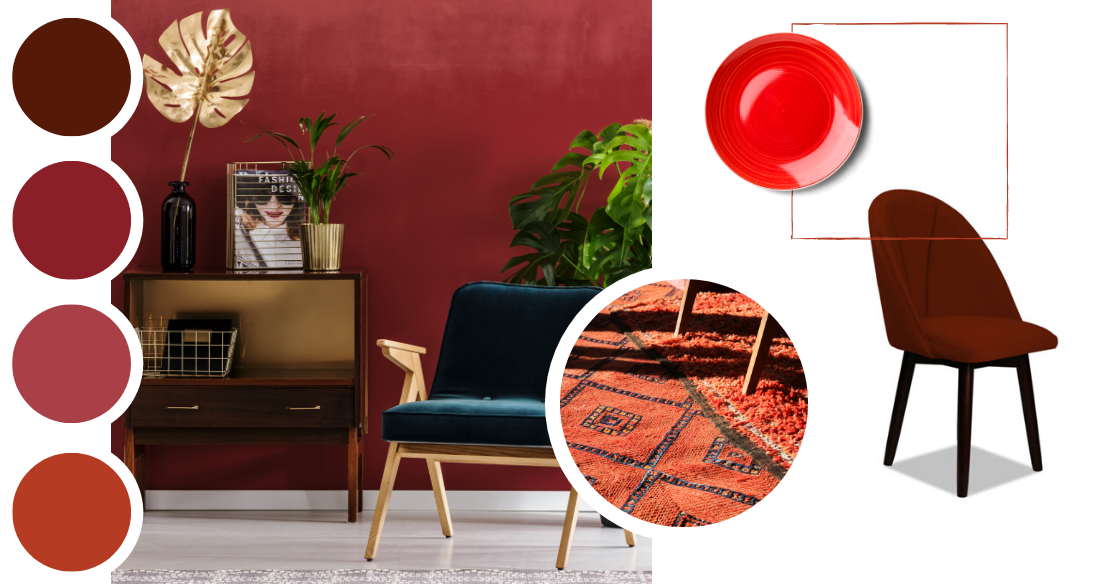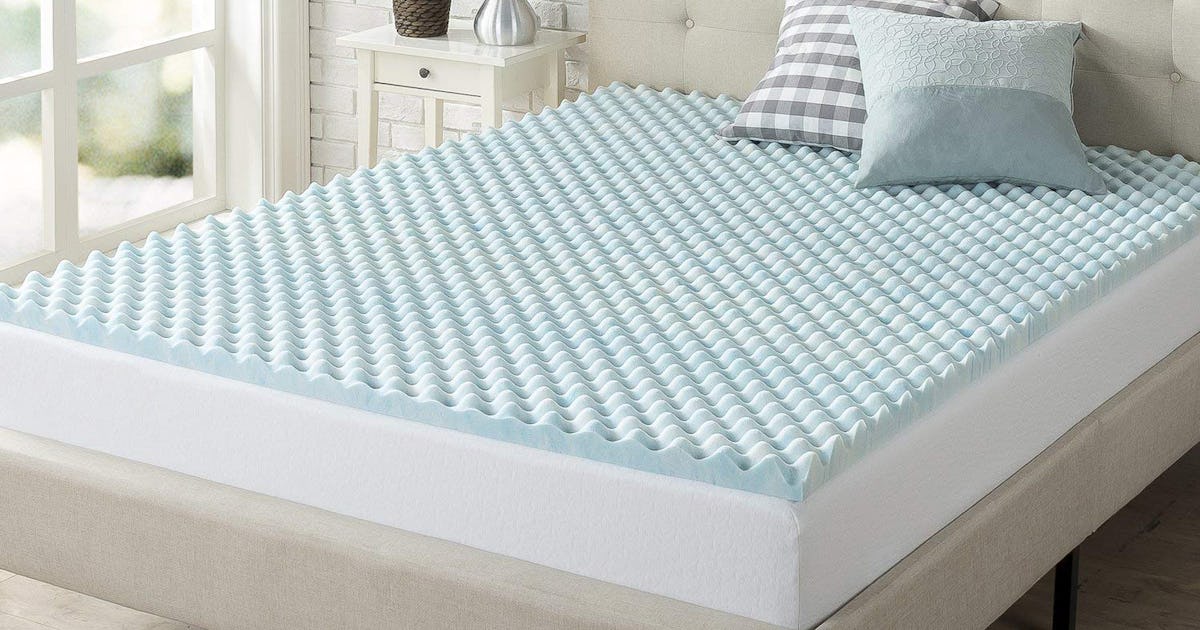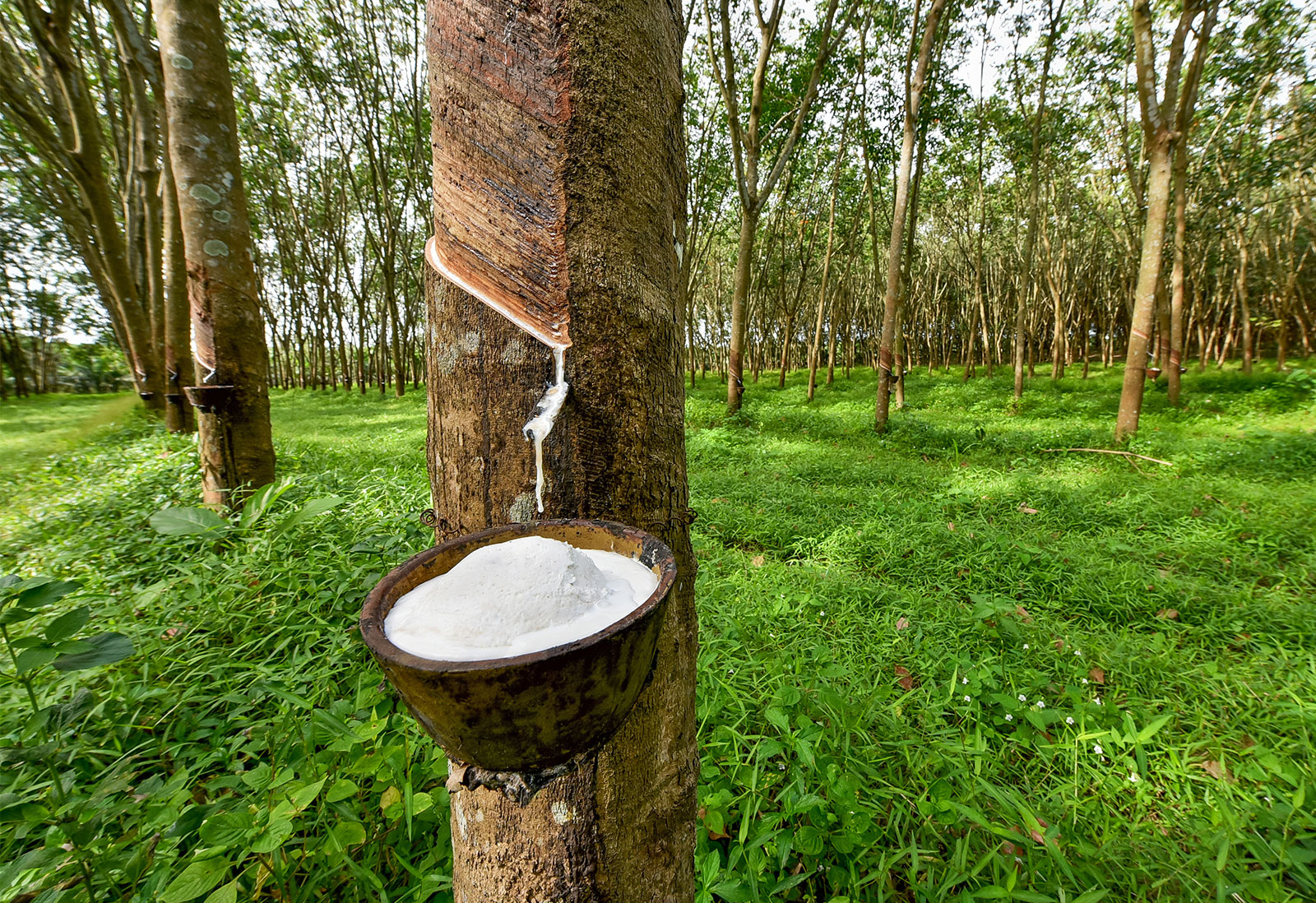As we enter a new year, it's important to stay on top of the latest design trends to keep your kitchen looking fresh and modern. One of the biggest trends for 2021 is incorporating bold and vibrant colors into your kitchen design. This not only adds a pop of personality and style, but it also creates a sense of warmth and energy in the heart of your home.Color Trends for 2021
When it comes to choosing the perfect color scheme for your kitchen, it's essential to consider how different colors work together. Some of the top color combinations for kitchens in 2021 include navy blue and gold, sage green and brass, and blush pink and charcoal gray. These combinations create a sense of balance and harmony while also adding a touch of sophistication to your space.Top Kitchen Color Combinations
Choosing the right color scheme for your kitchen can be overwhelming, but it doesn't have to be. One way to make the process easier is by considering the 60-30-10 rule. This rule suggests using one color for 60% of the space, a second color for 30%, and a third accent color for the remaining 10%. This creates a cohesive and visually appealing design that is easy on the eyes.How to Choose the Perfect Kitchen Color Scheme
When it comes to paint colors for your kitchen, there are endless options to choose from. Some of the most popular colors for 2021 include warm neutrals like beige and taupe, cool blues like sky blue and navy, and earthy greens like olive and sage. These colors are versatile and can work well with a variety of design styles.Popular Kitchen Paint Colors
When designing your kitchen with color, it's important to consider the overall mood and atmosphere you want to create. Are you looking for a calm and serene space, or do you want to make a bold statement? Lighter colors like pastels and neutrals can create a sense of calm and cleanliness, while bright and bold colors add a sense of energy and personality to the room.Designing a Kitchen with Color
Percentages play a significant role in creating a well-balanced and visually appealing kitchen design. As mentioned before, the 60-30-10 rule is a great starting point, but it's also essential to consider the proportion of each color within the space. For example, you may want to use the accent color as a statement piece in your kitchen, but you don't want it to overpower the other colors.Using Percentages in Kitchen Color Design
Creating a cohesive color palette in your kitchen is key to a well-designed space. One way to achieve this is by using a color wheel. A color wheel helps you identify complementary or analogous colors, which can work well together to create a harmonious color scheme. It's also helpful to choose a dominant color and use its shades and tints for the other elements in the room.Creating a Cohesive Kitchen Color Palette
If you have a small kitchen, using color strategically can help make the space feel bigger and more open. Lighter colors tend to make a room feel more spacious, so consider using them on your walls, cabinets, and countertops. You can also use reflective surfaces like glass or metallic finishes to bounce light around the room and create the illusion of more space.Maximizing Space with Color in the Kitchen
While neutral colors are always a safe choice, don't be afraid to incorporate bold and vibrant colors into your kitchen design. This can be done through accent walls, colorful appliances, or even a statement piece of furniture. Just be sure to balance out the bold colors with more neutral tones to avoid overwhelming the space.Incorporating Bold Colors in Kitchen Design
Did you know that different colors can evoke certain emotions and moods? It's important to consider the psychology of color when designing your kitchen. For example, yellow is known to create a sense of happiness and optimism, while red can stimulate appetite and conversation. Understanding the impact of color can help you create a kitchen that not only looks great but also feels great to be in.The Psychology of Color in Kitchen Design
The Importance of Choosing the Right Kitchen Color Design Percentages
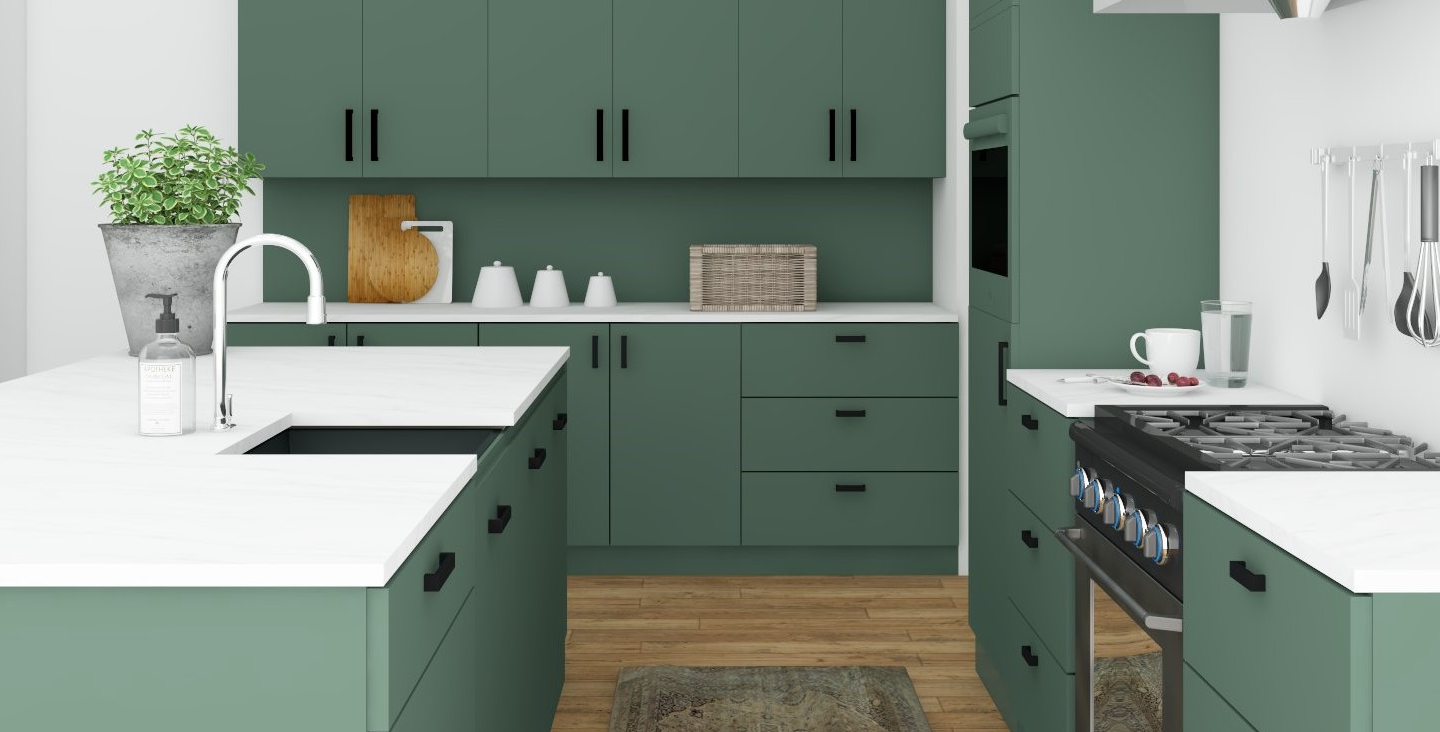
Creating a Cohesive and Functional Space
 When it comes to designing a kitchen, there are many factors to consider - from the layout and appliances to the materials and finishes. However, one aspect that often gets overlooked is the color scheme. The colors you choose for your kitchen can greatly impact the overall look and feel of the space. This is where the importance of
kitchen color design percentages
comes in.
When it comes to designing a kitchen, there are many factors to consider - from the layout and appliances to the materials and finishes. However, one aspect that often gets overlooked is the color scheme. The colors you choose for your kitchen can greatly impact the overall look and feel of the space. This is where the importance of
kitchen color design percentages
comes in.
Setting the Mood
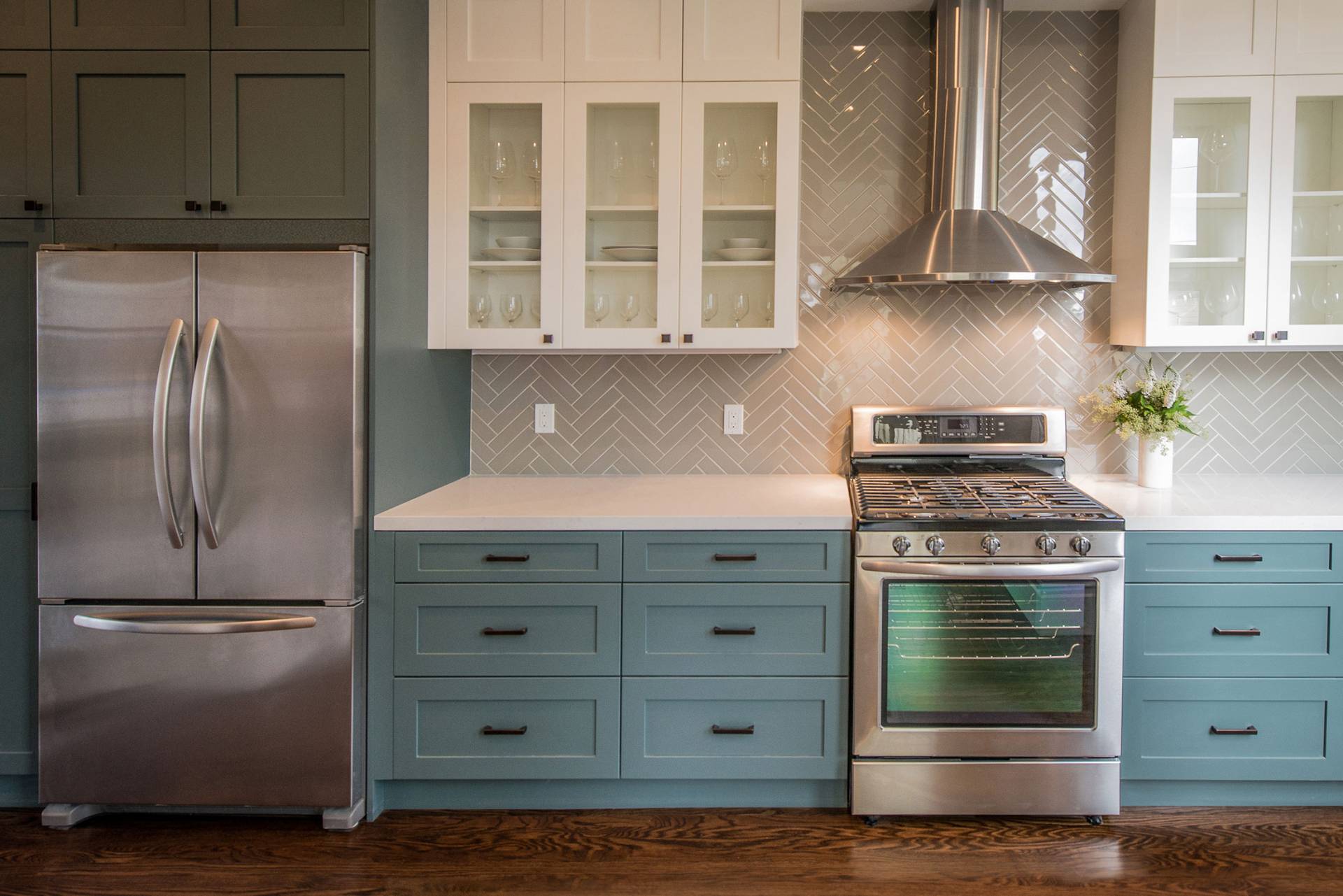 Colors have the power to influence our emotions and moods. In the kitchen, it is important to create a space that is not only visually appealing but also functional. This is where the concept of color psychology comes in.
Warm colors
like red, orange, and yellow can stimulate appetite and create a sense of energy, making them great options for the kitchen. On the other hand,
cool colors
like blue and green can create a calming and relaxing atmosphere, making them ideal for a kitchen that doubles as a dining area.
Colors have the power to influence our emotions and moods. In the kitchen, it is important to create a space that is not only visually appealing but also functional. This is where the concept of color psychology comes in.
Warm colors
like red, orange, and yellow can stimulate appetite and create a sense of energy, making them great options for the kitchen. On the other hand,
cool colors
like blue and green can create a calming and relaxing atmosphere, making them ideal for a kitchen that doubles as a dining area.
Creating Balance and Contrast
 Another key factor to consider when choosing
kitchen color design percentages
is creating a balance and contrast within the space. Too much of one color can make the kitchen feel overwhelming and chaotic, while too little can make it feel bland and uninviting. A good rule of thumb is to use a
60-30-10
ratio - 60% of a dominant color, 30% of a secondary color, and 10% of an accent color. This creates a harmonious and visually appealing balance.
Another key factor to consider when choosing
kitchen color design percentages
is creating a balance and contrast within the space. Too much of one color can make the kitchen feel overwhelming and chaotic, while too little can make it feel bland and uninviting. A good rule of thumb is to use a
60-30-10
ratio - 60% of a dominant color, 30% of a secondary color, and 10% of an accent color. This creates a harmonious and visually appealing balance.
Highlighting Key Design Elements
:max_bytes(150000):strip_icc()/Myth_Kitchen-56a192773df78cf7726c1a16.jpg) In addition to creating balance and contrast,
kitchen color design percentages
can also be used to highlight key design elements in the space. For example, using a bold color for the kitchen island or cabinets can make them stand out and become a focal point of the room. This can also help tie the design together and create a cohesive look.
In addition to creating balance and contrast,
kitchen color design percentages
can also be used to highlight key design elements in the space. For example, using a bold color for the kitchen island or cabinets can make them stand out and become a focal point of the room. This can also help tie the design together and create a cohesive look.
Conclusion
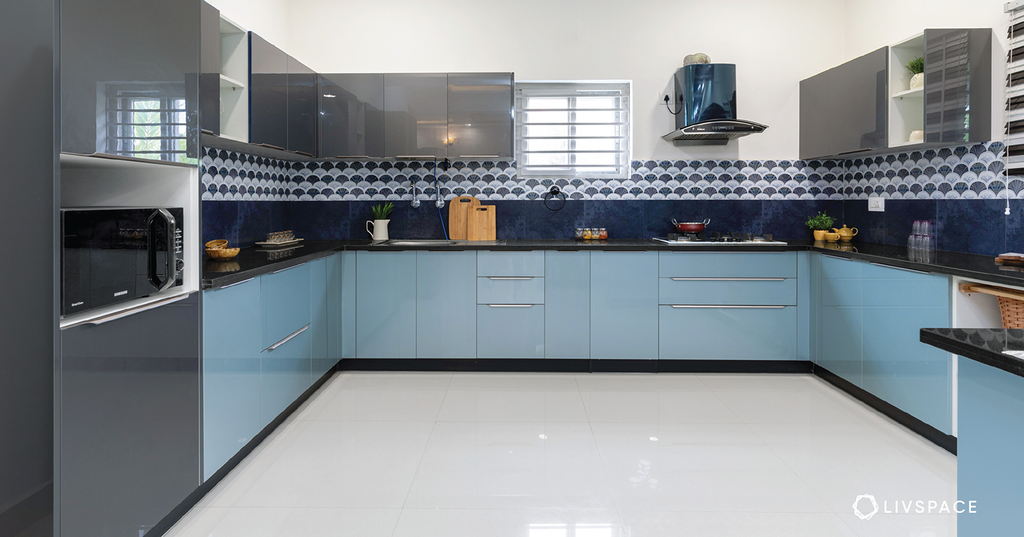 In conclusion, choosing the right
kitchen color design percentages
is crucial in creating a cohesive, functional, and visually appealing space. By understanding color psychology, creating balance and contrast, and highlighting key design elements, you can create a kitchen that not only looks great but also meets your needs and reflects your personal style. So next time you're planning a kitchen remodel, don't forget to give careful consideration to the colors you choose.
In conclusion, choosing the right
kitchen color design percentages
is crucial in creating a cohesive, functional, and visually appealing space. By understanding color psychology, creating balance and contrast, and highlighting key design elements, you can create a kitchen that not only looks great but also meets your needs and reflects your personal style. So next time you're planning a kitchen remodel, don't forget to give careful consideration to the colors you choose.
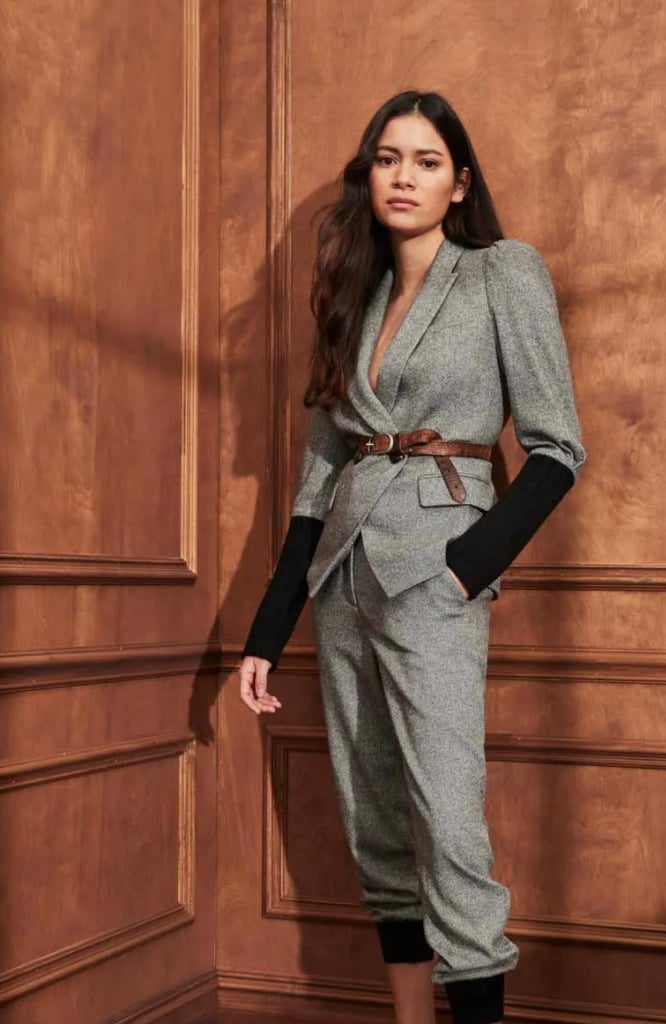

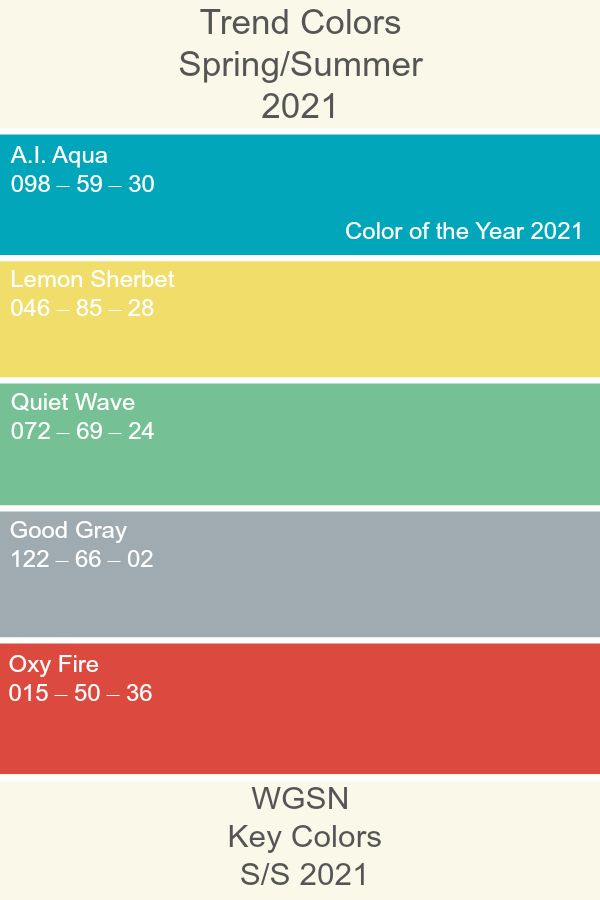
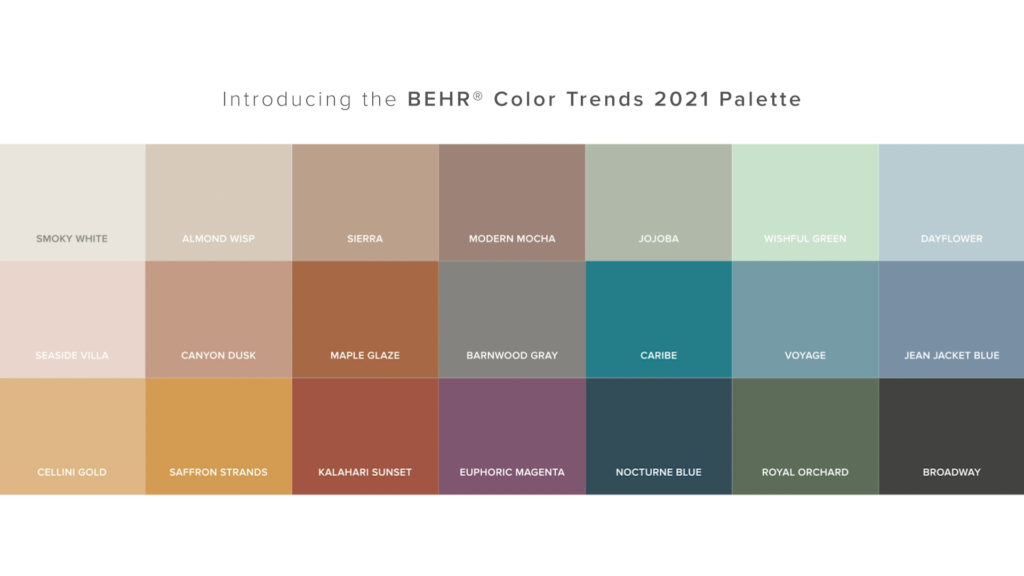
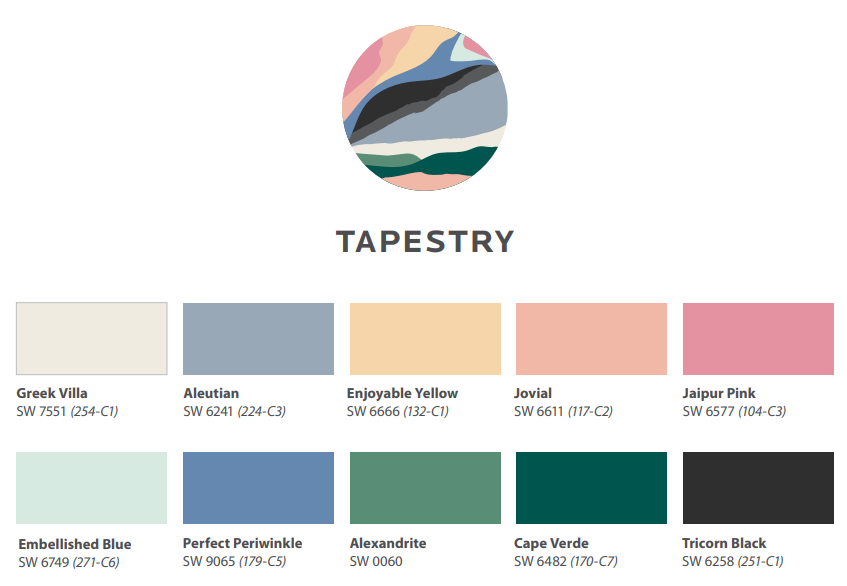
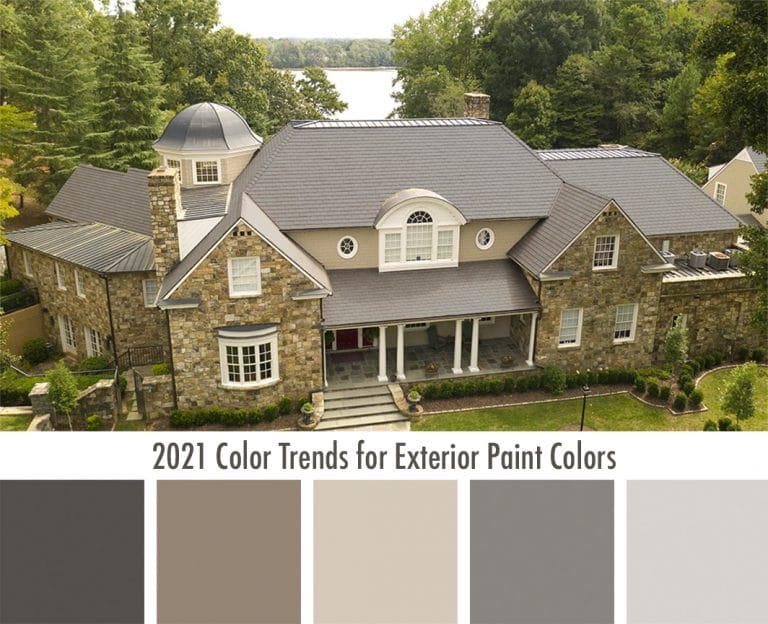
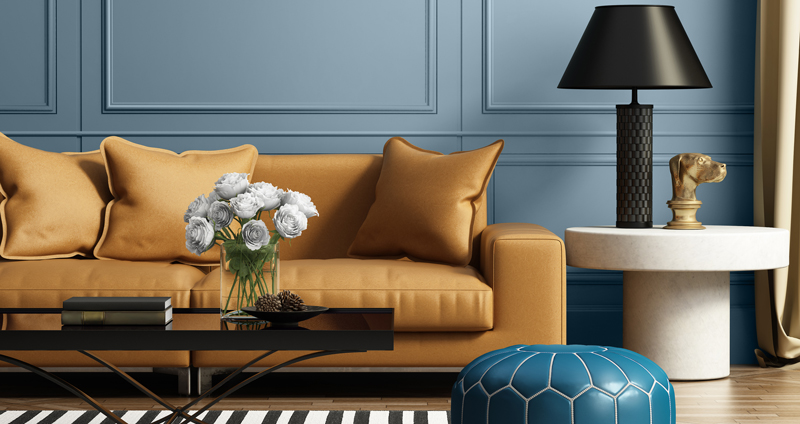

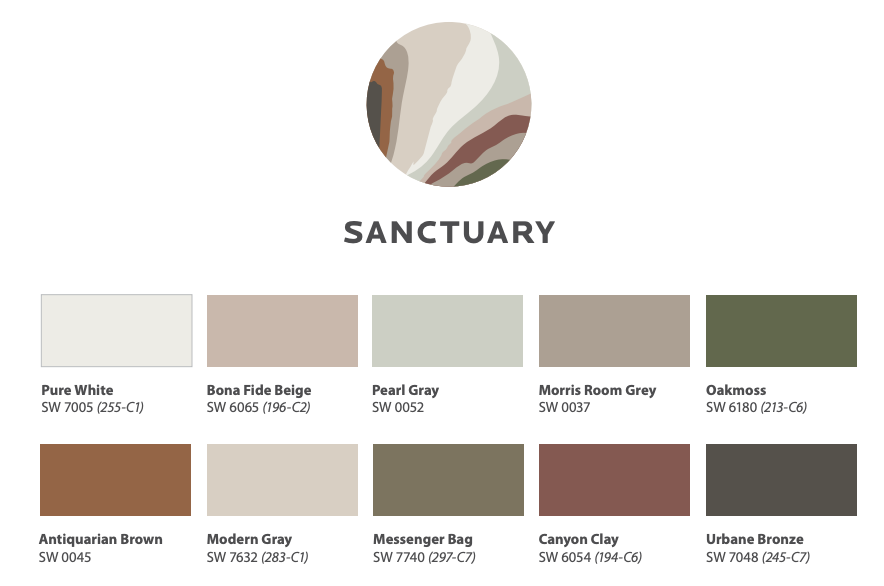

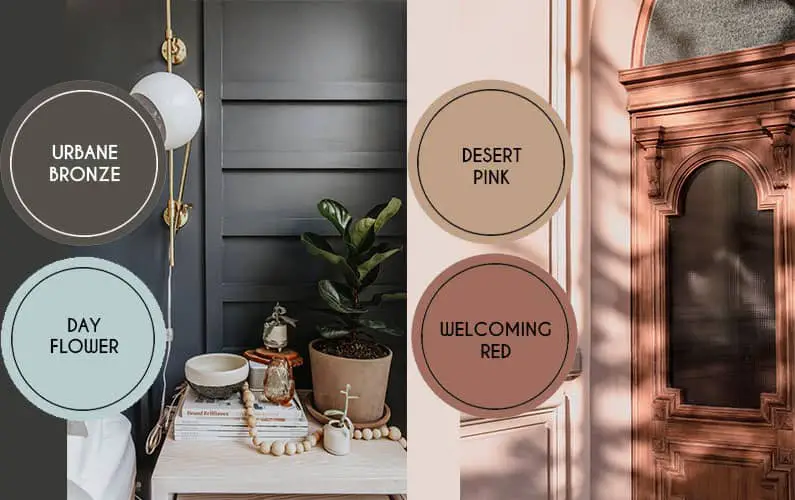
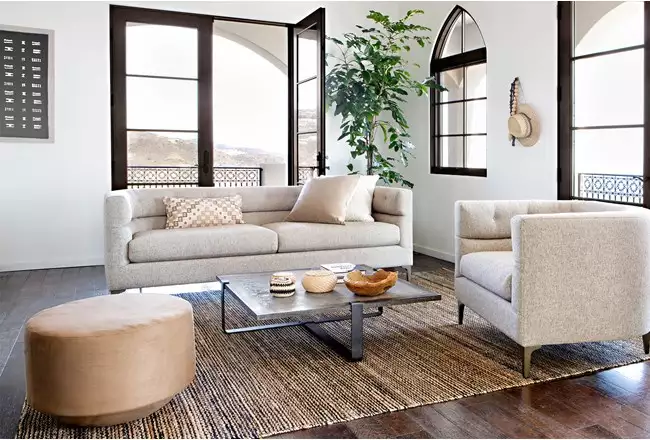




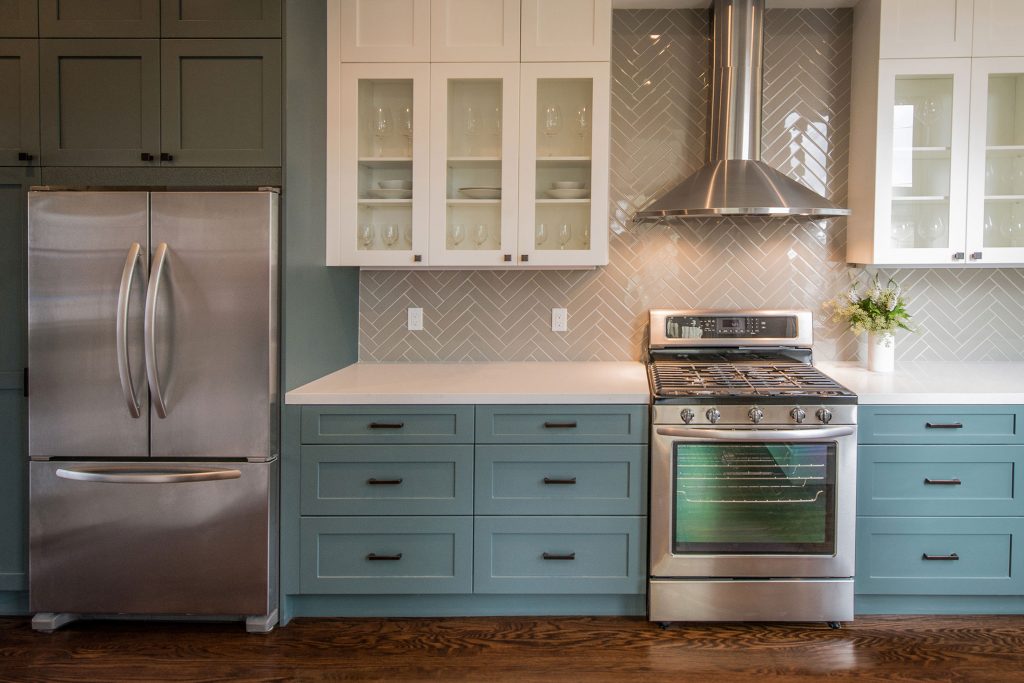
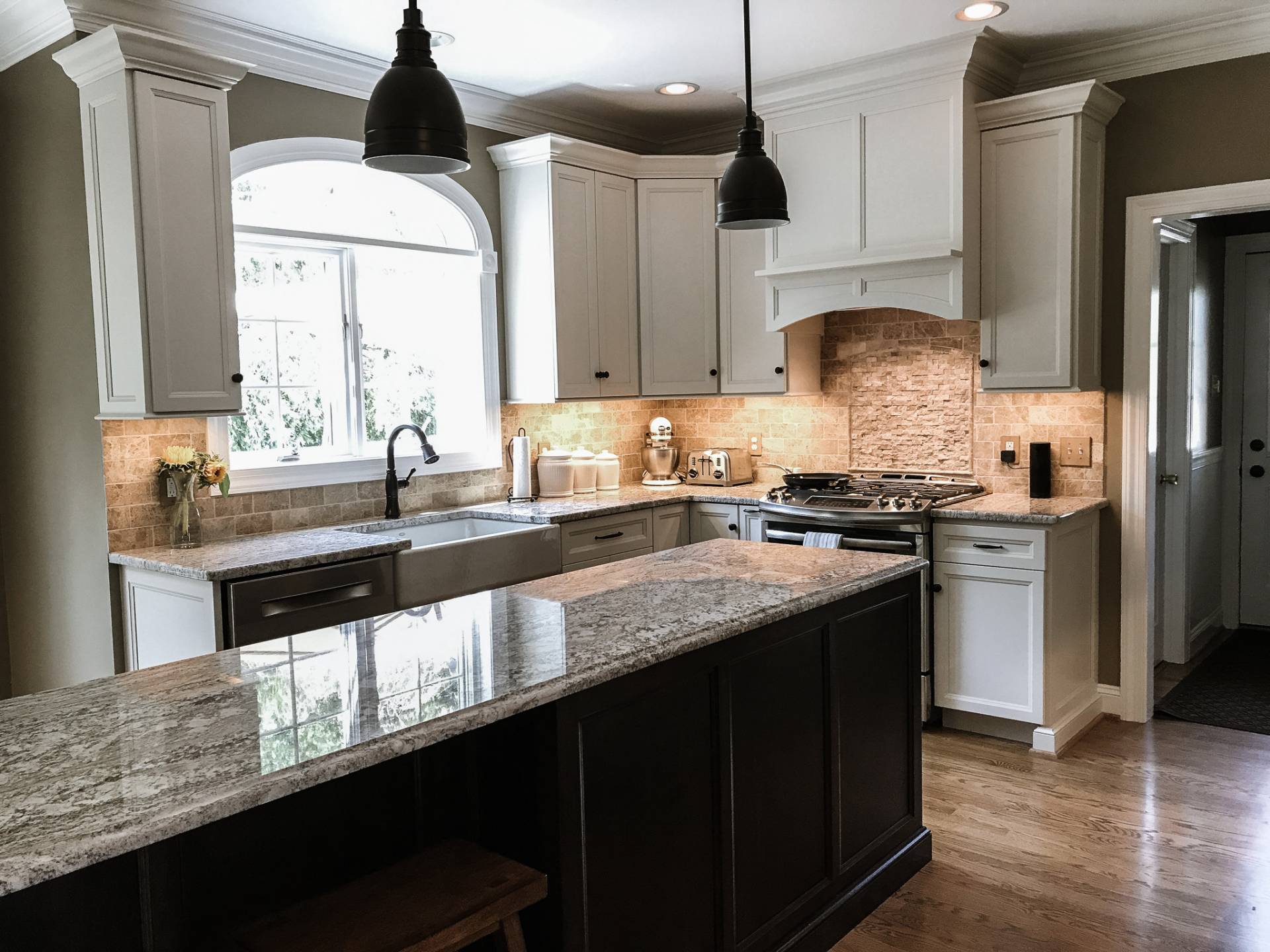

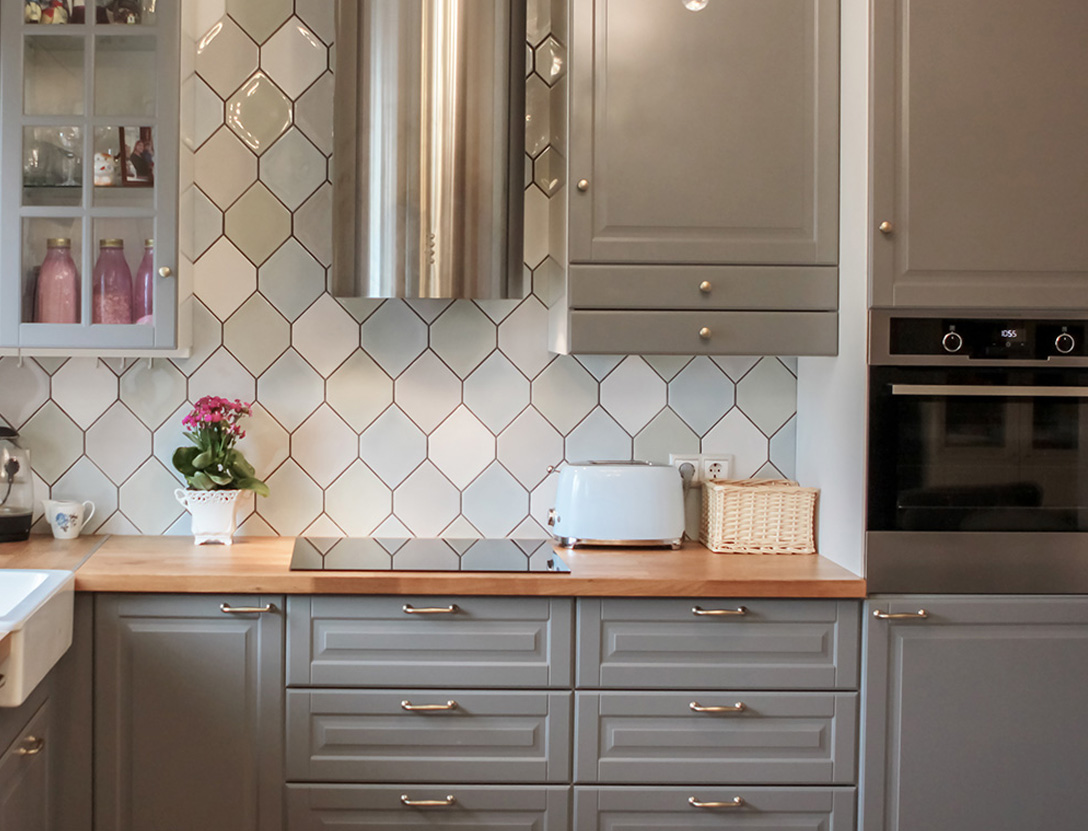
/Myth_Kitchen-56a192773df78cf7726c1a16.jpg)
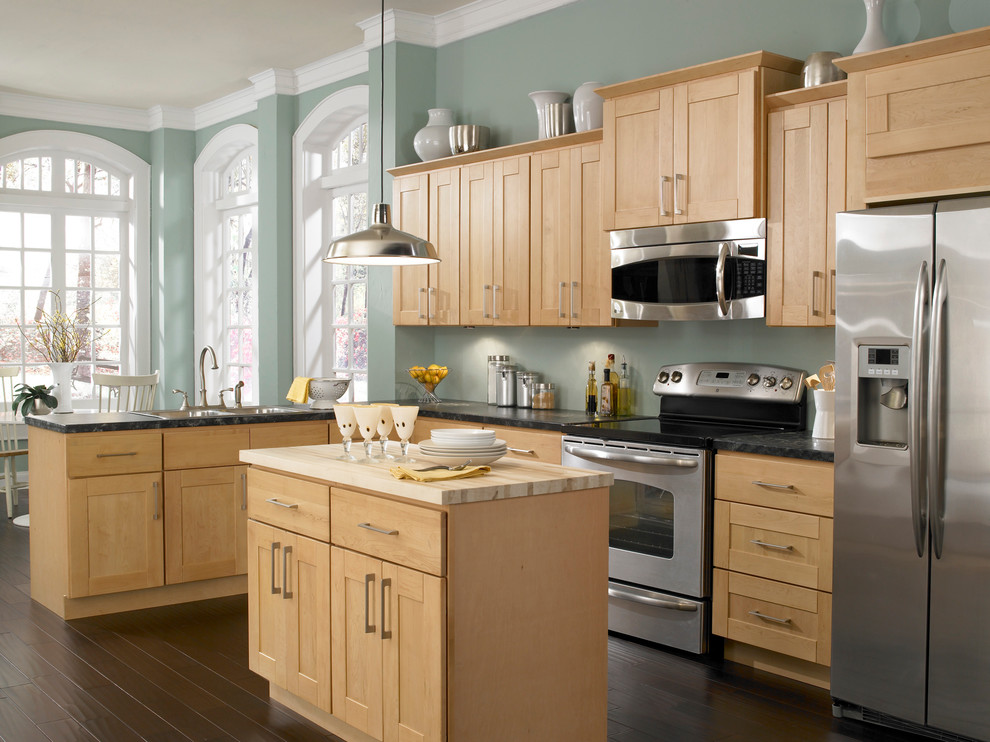



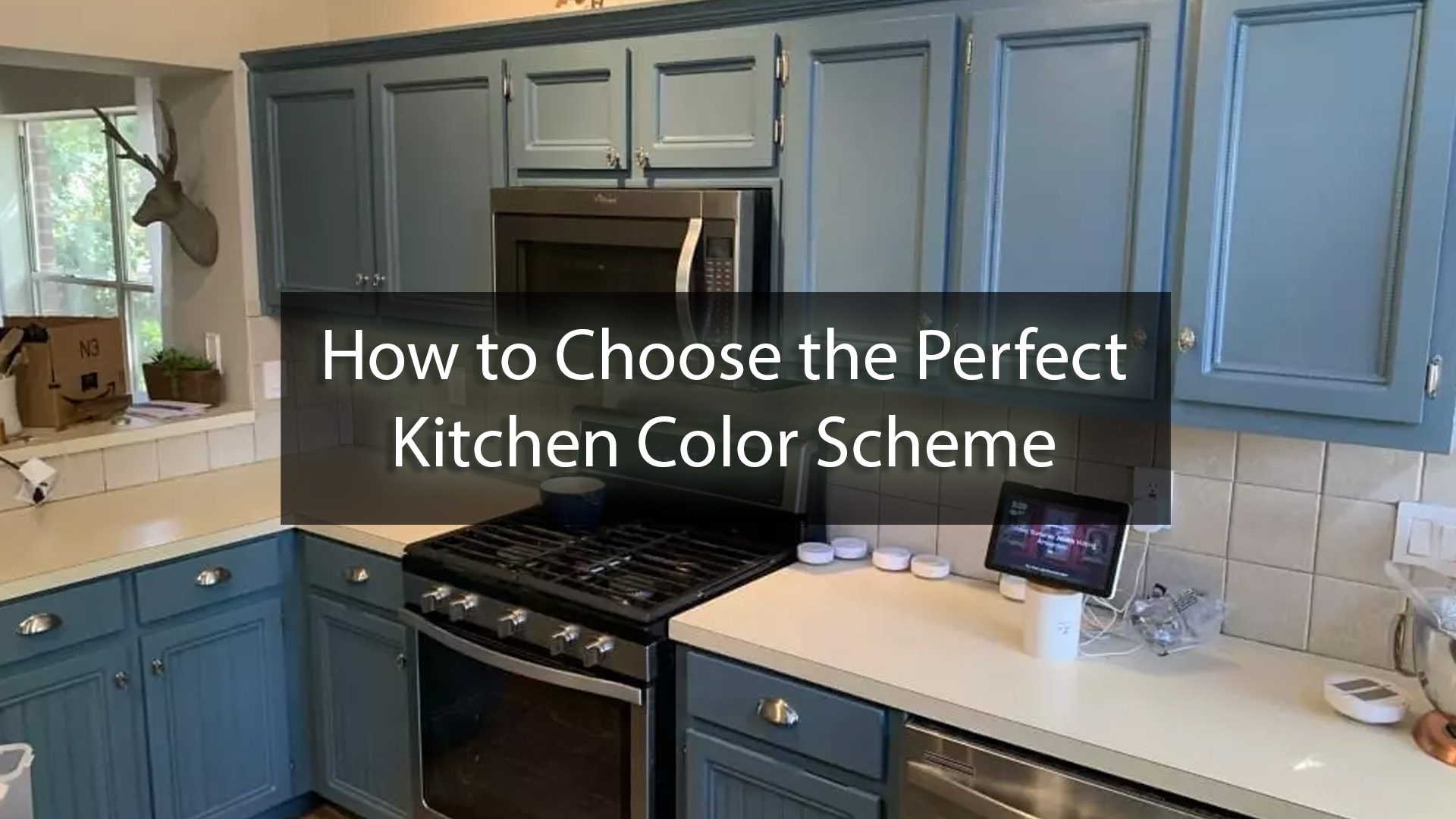


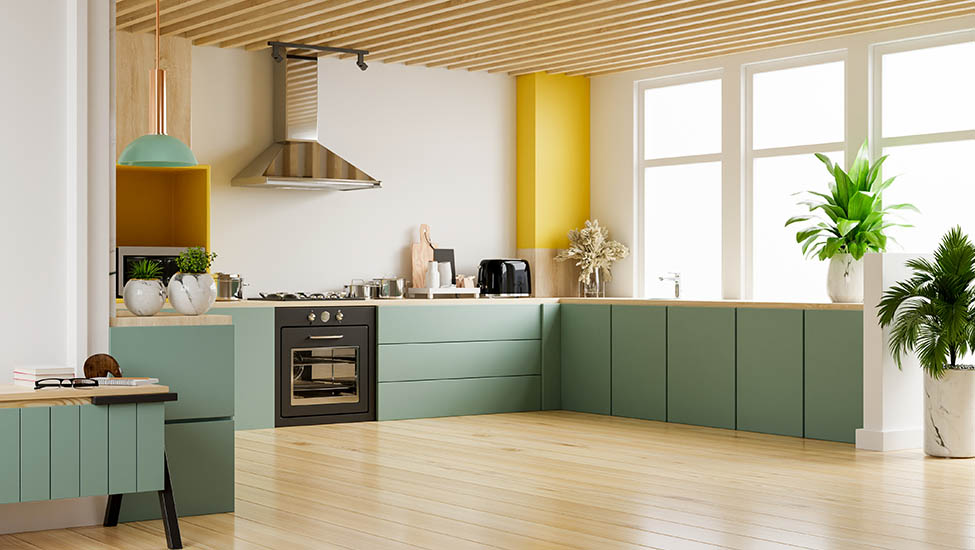
:max_bytes(150000):strip_icc()/Myth_Kitchen-56a192773df78cf7726c1a16.jpg)
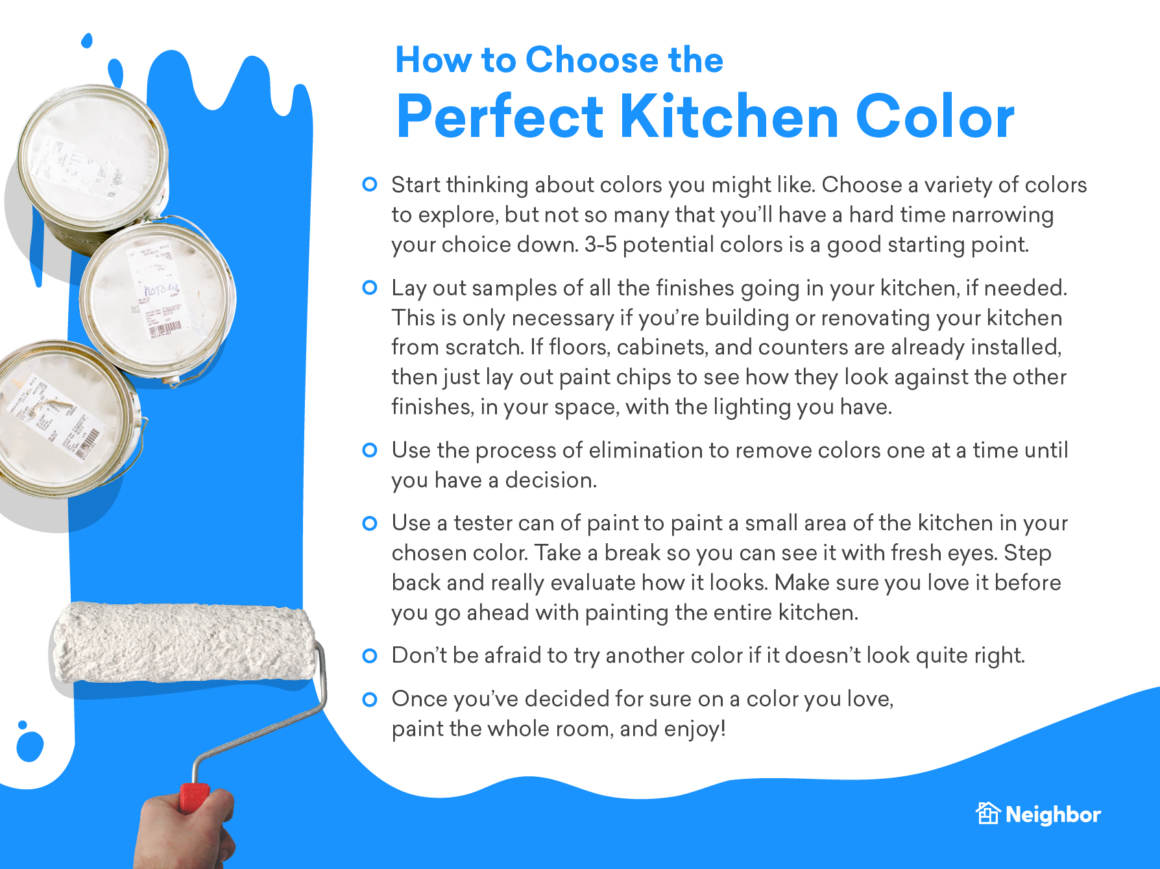

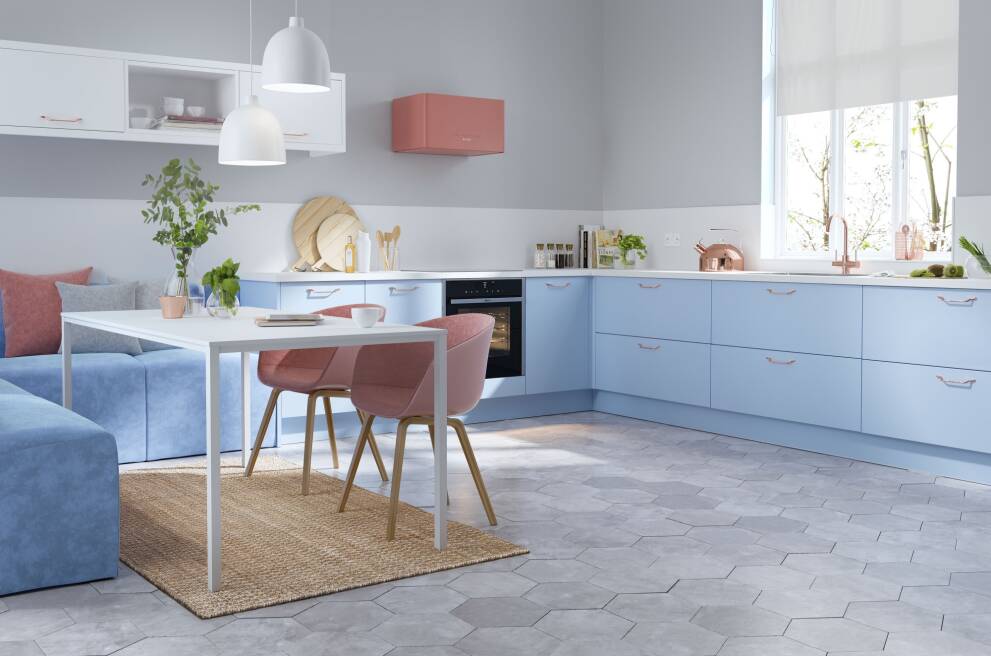




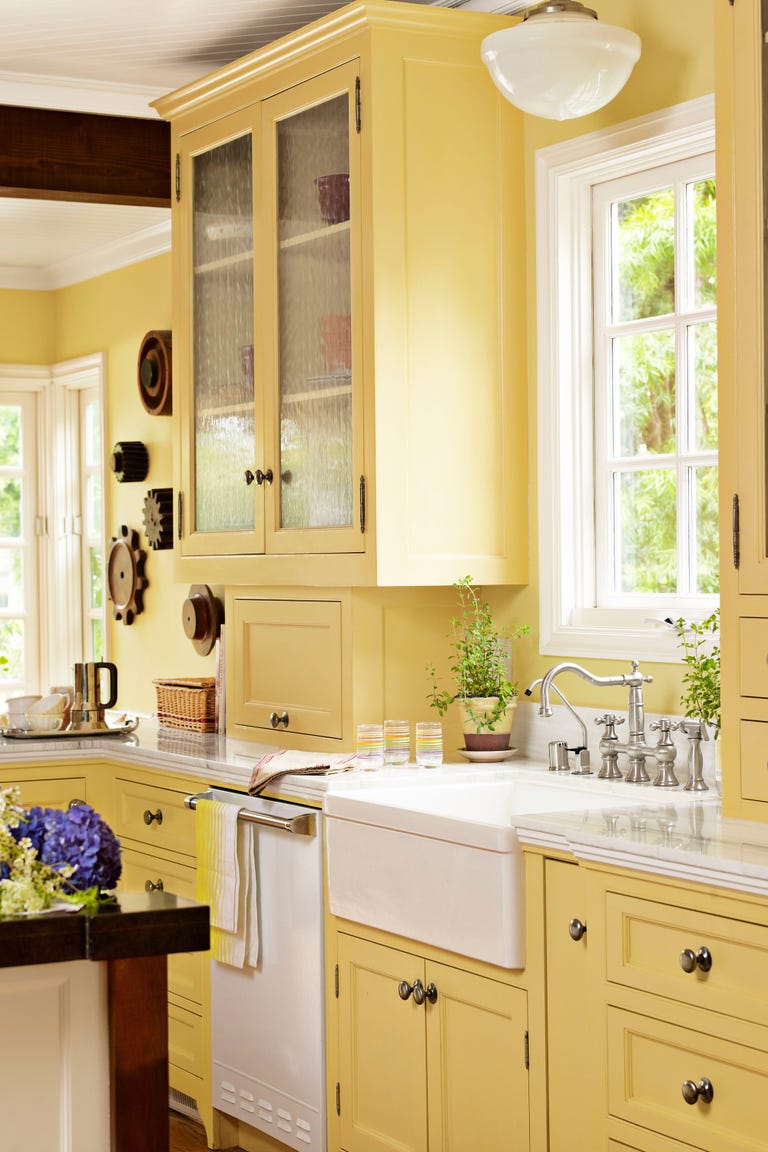

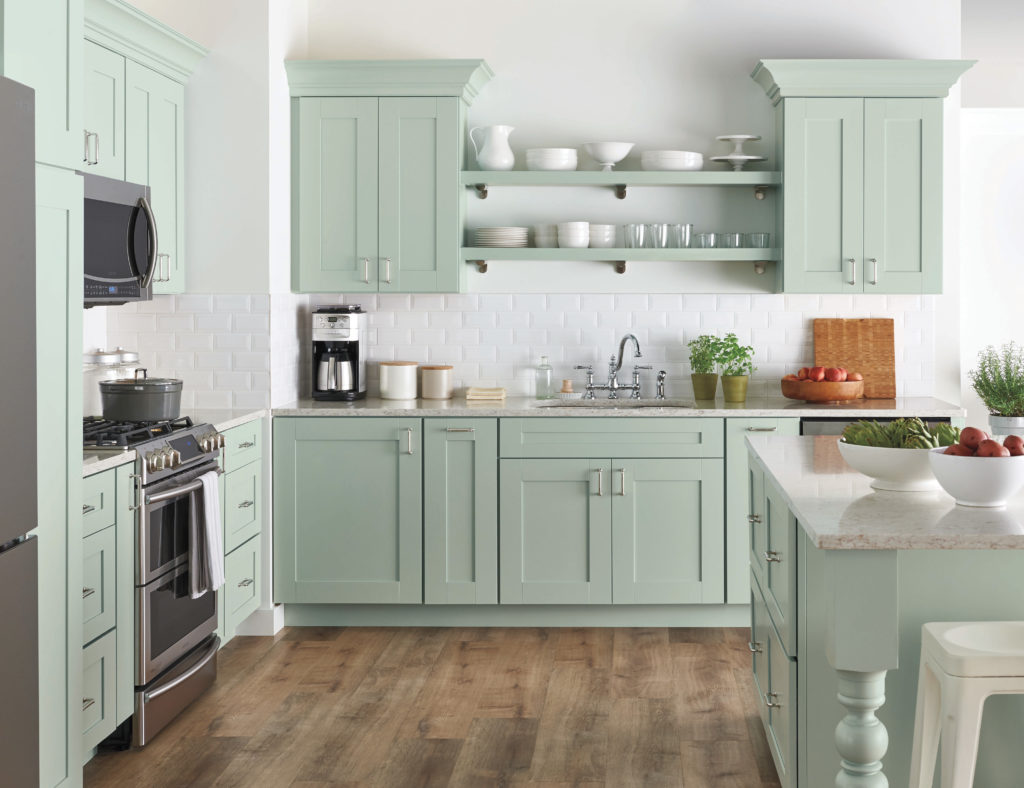

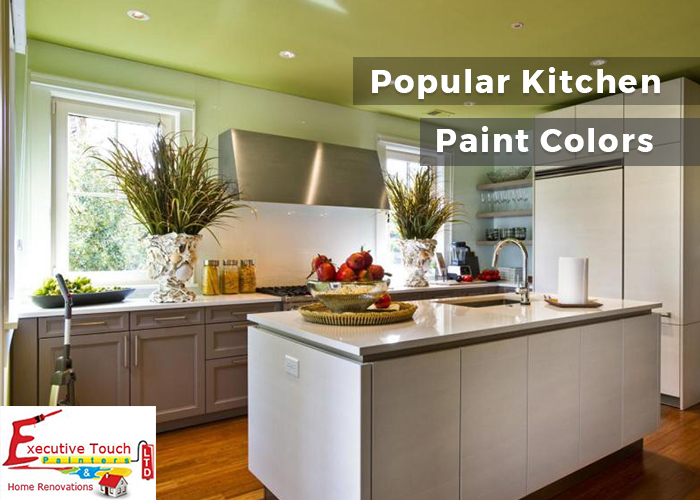
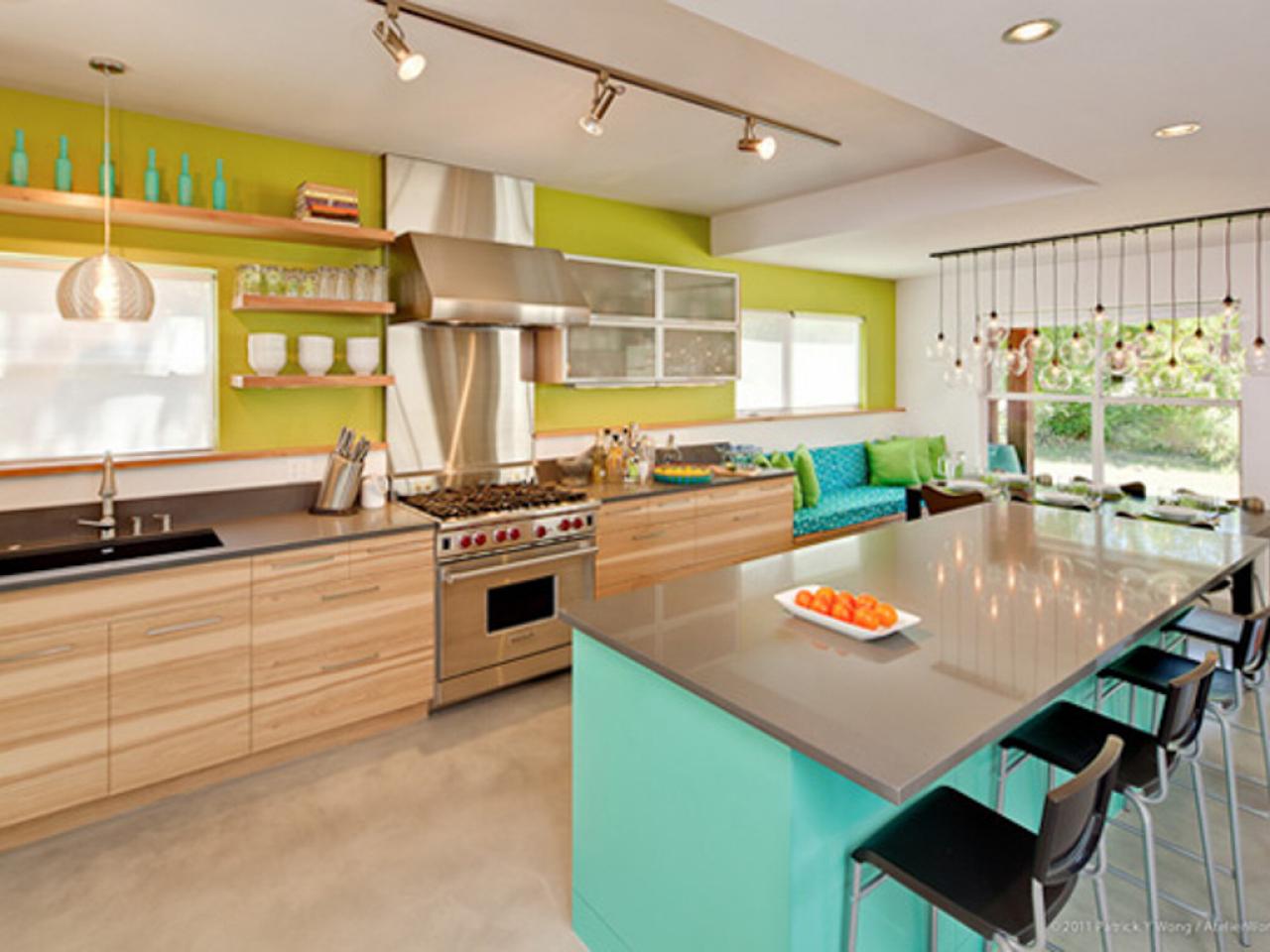
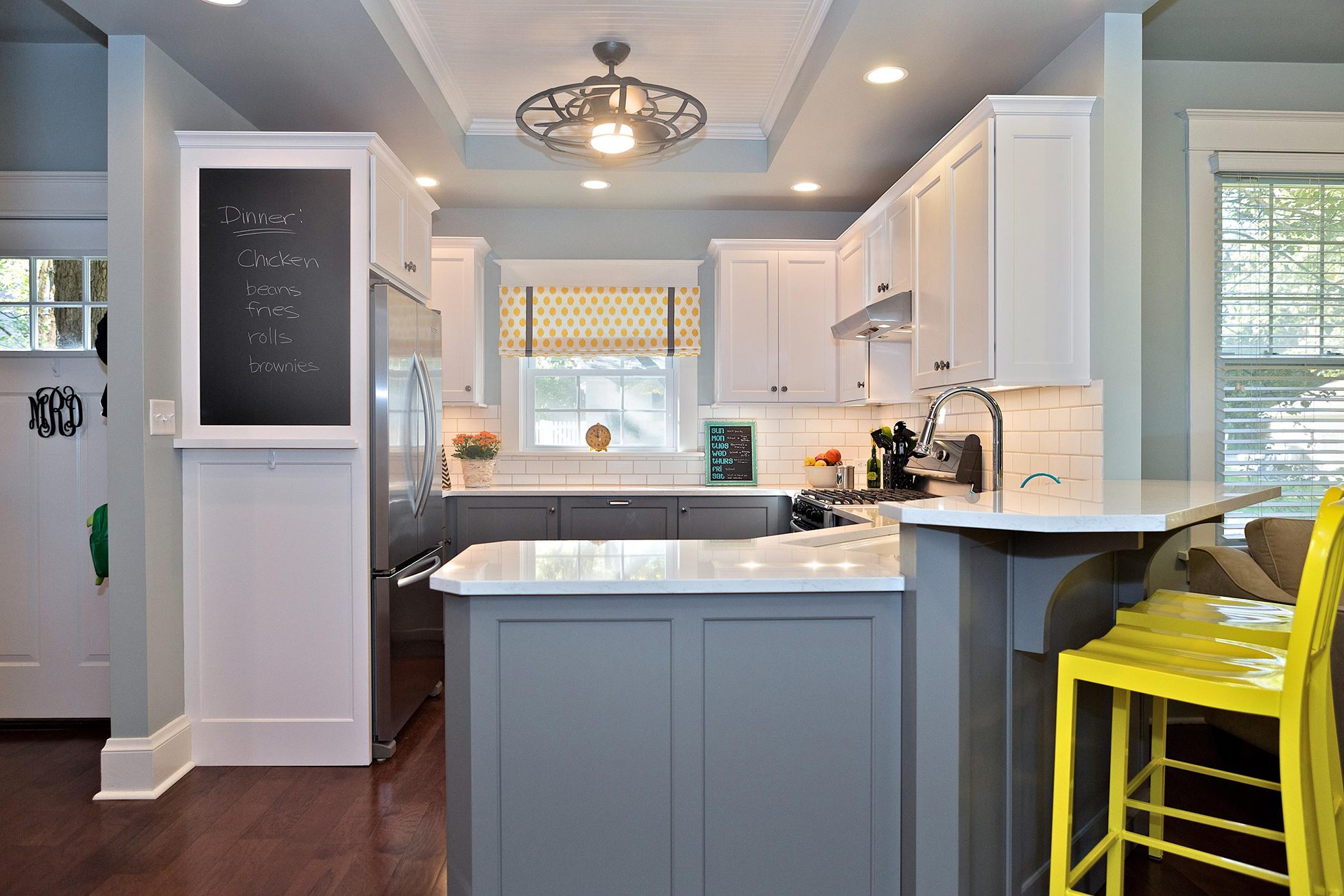





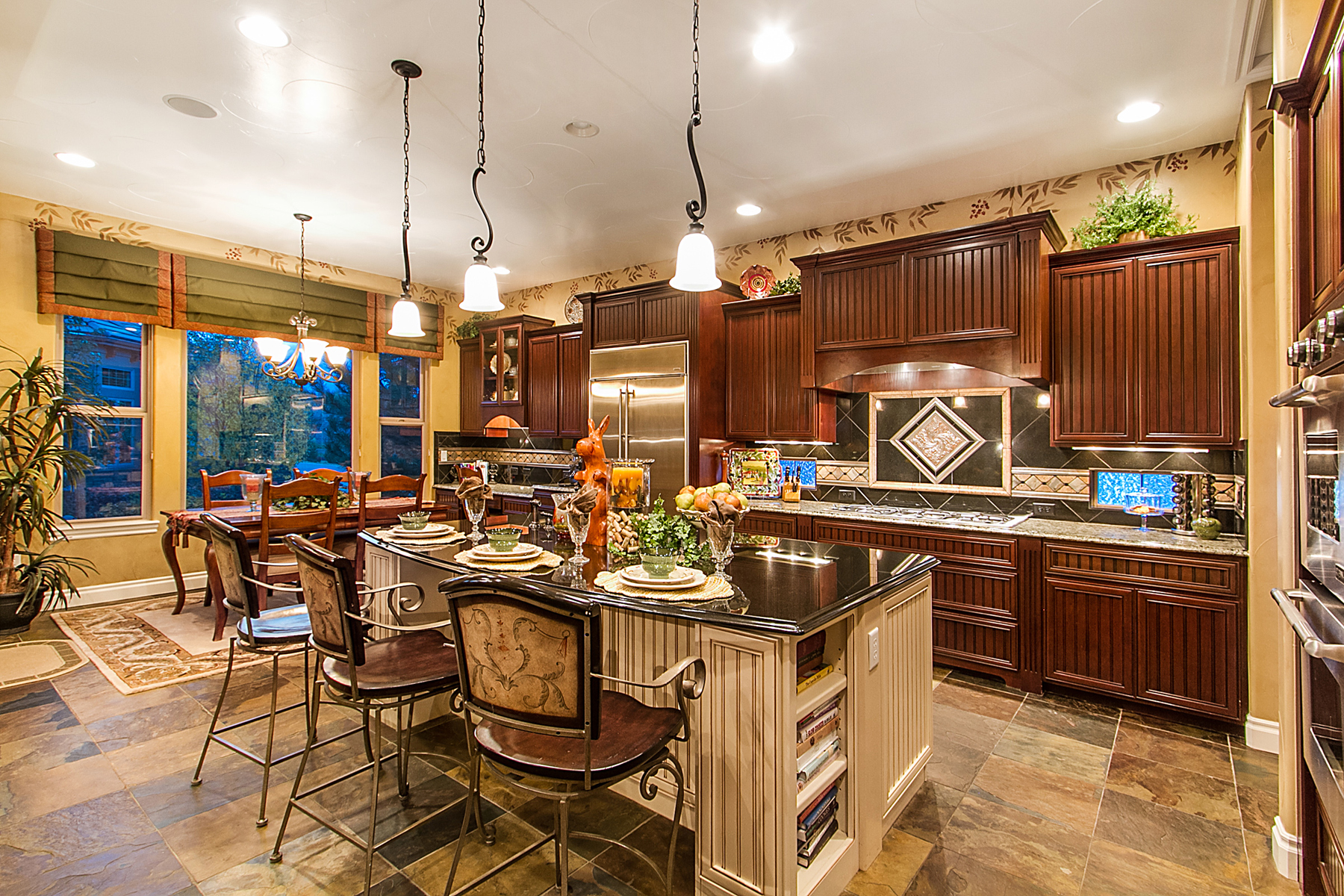



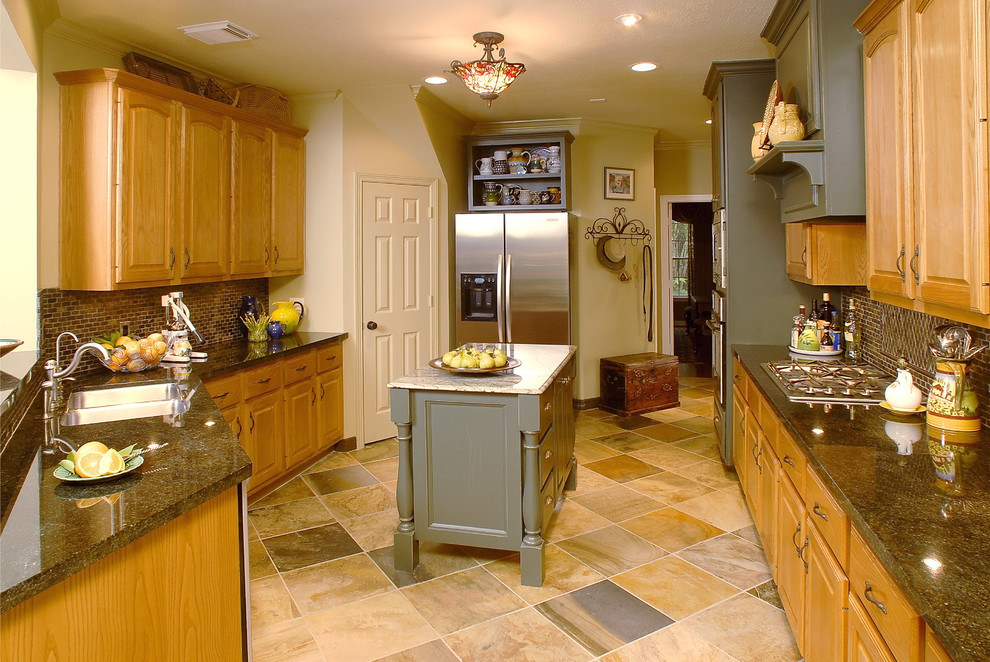
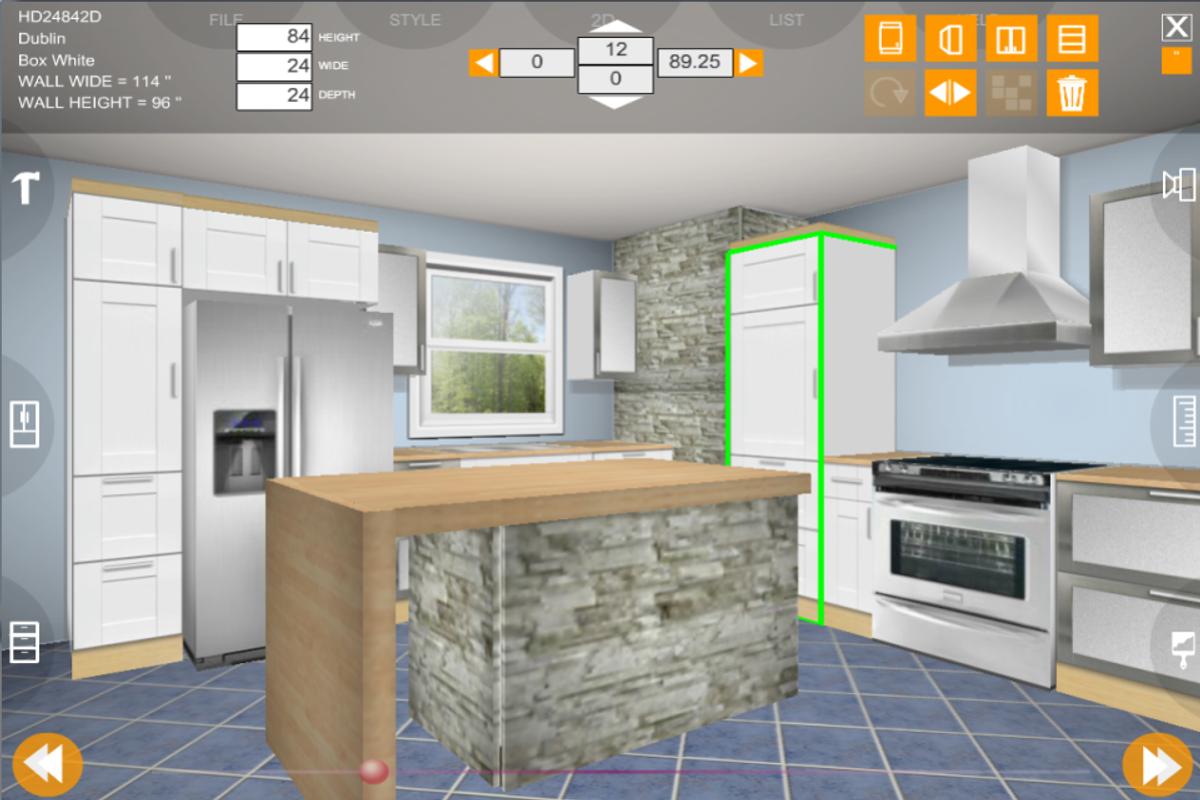

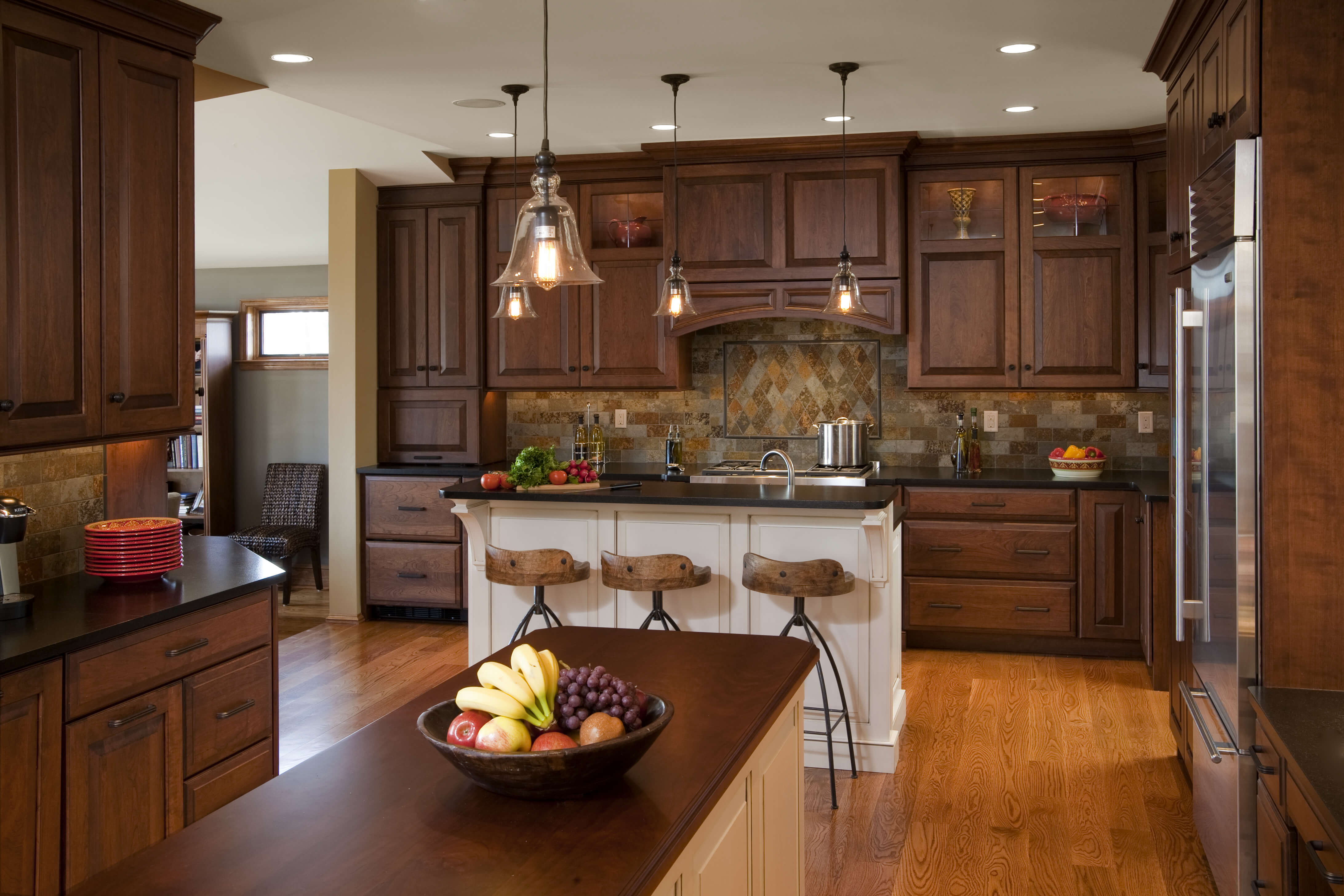
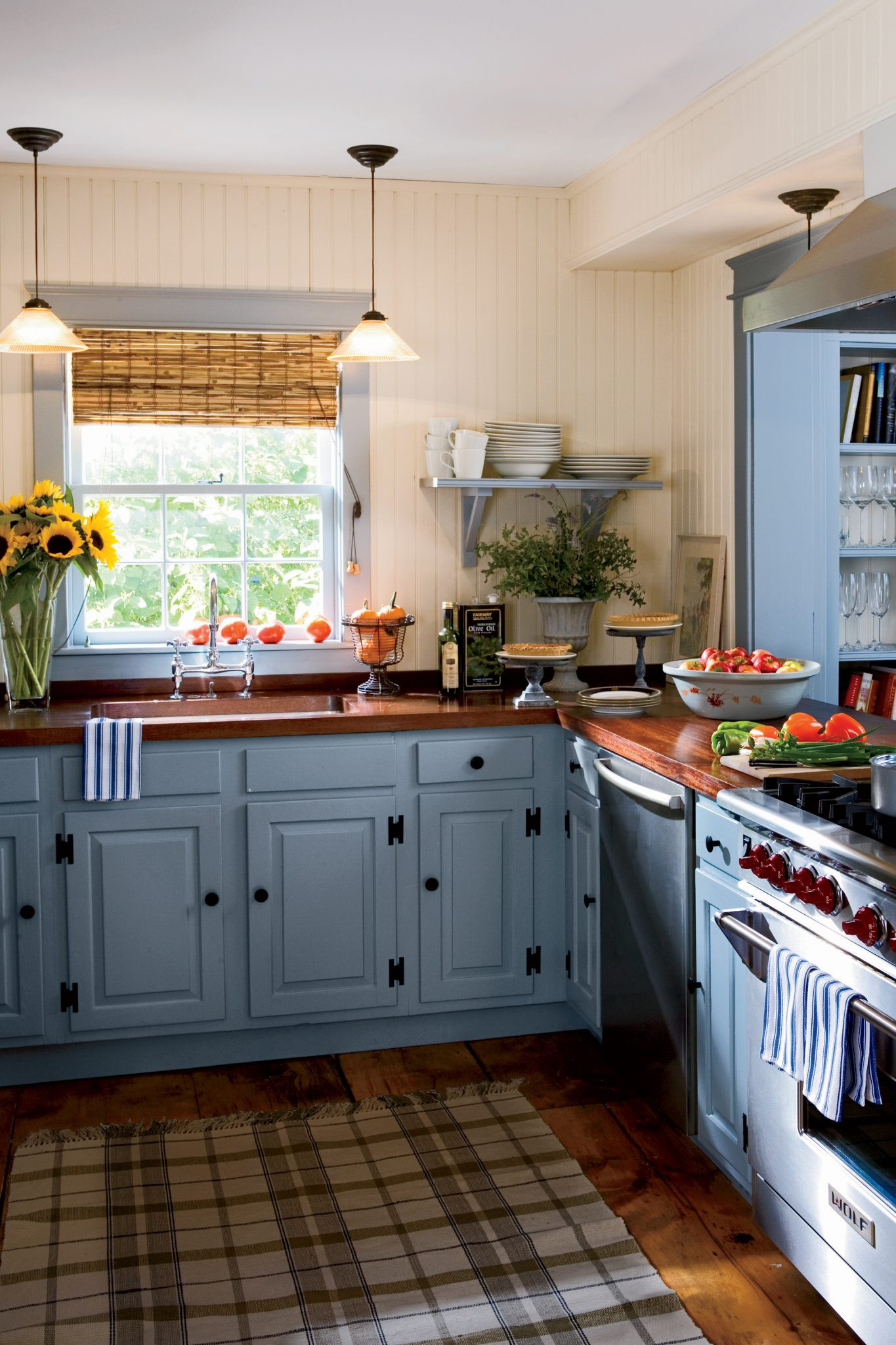



:max_bytes(150000):strip_icc()/MyDomaine_ColorPalette_Kitchen_6-859a5bac1e2a4e63a1b5db1b327b058b.jpg)






